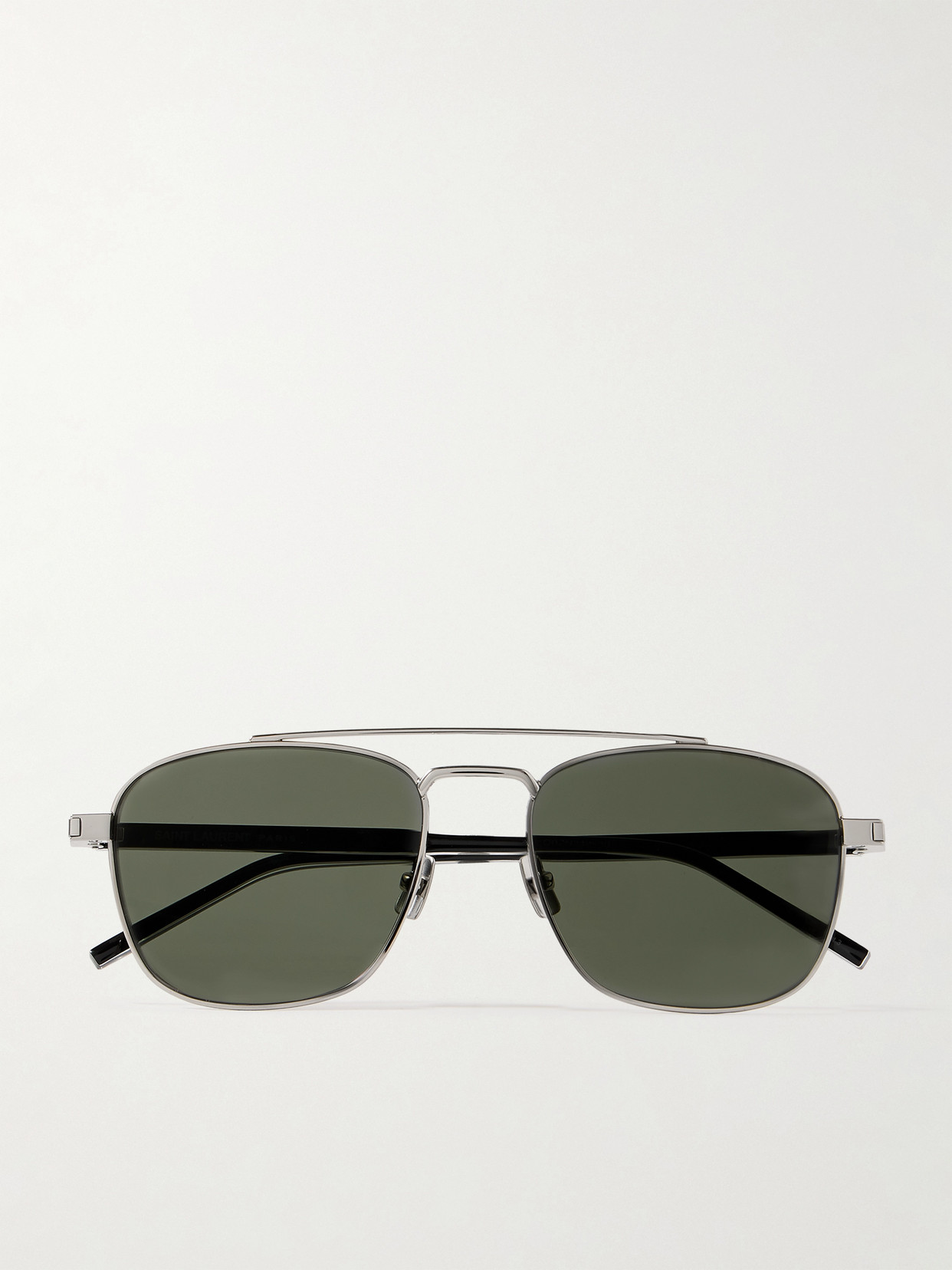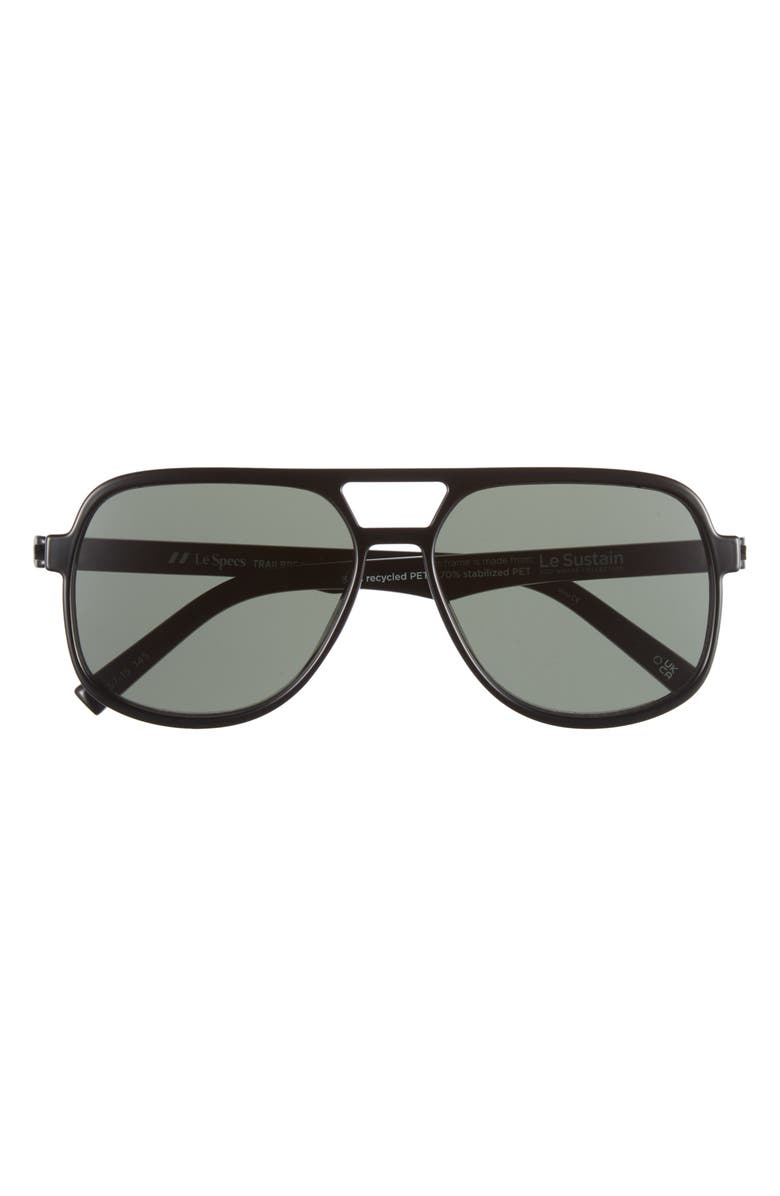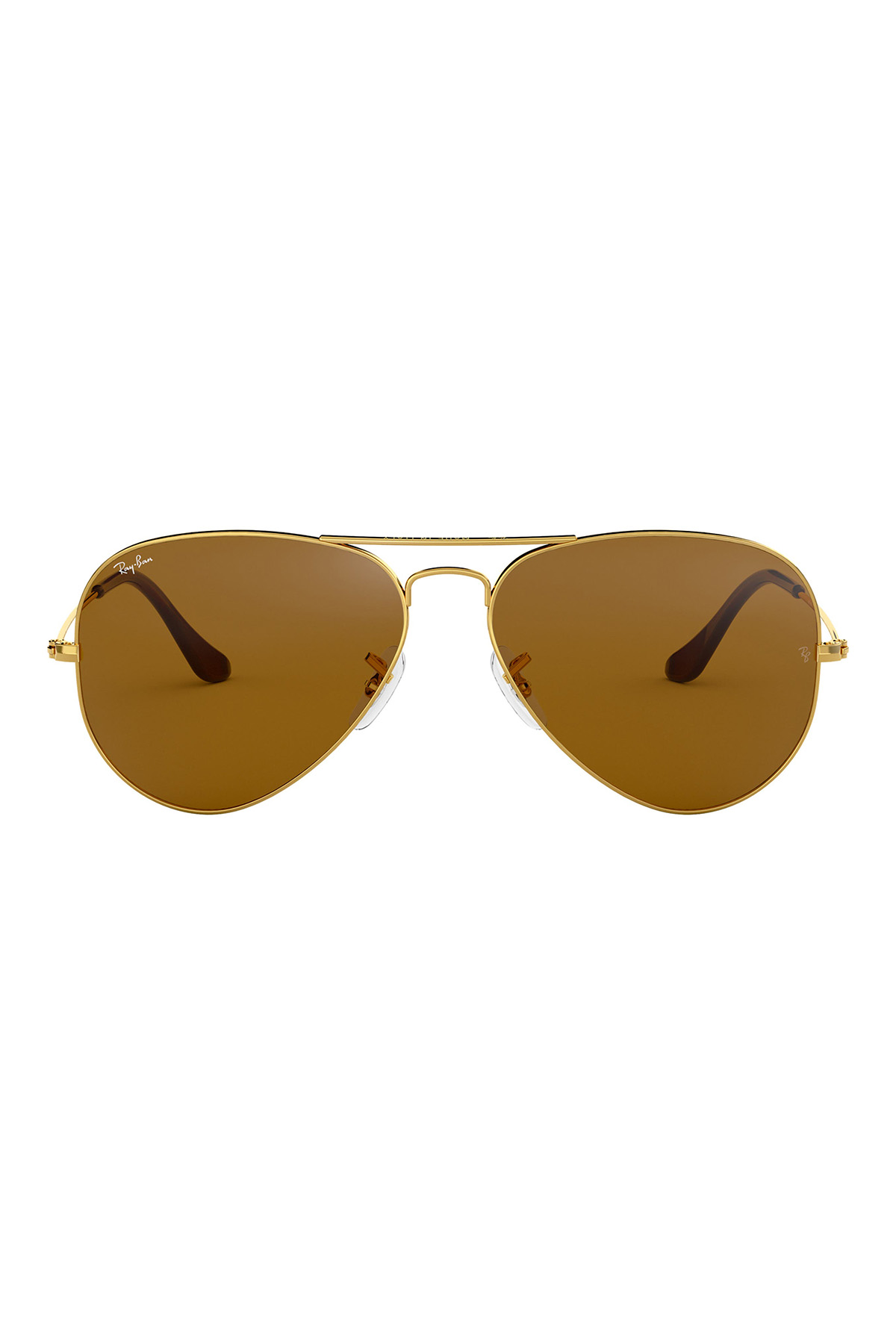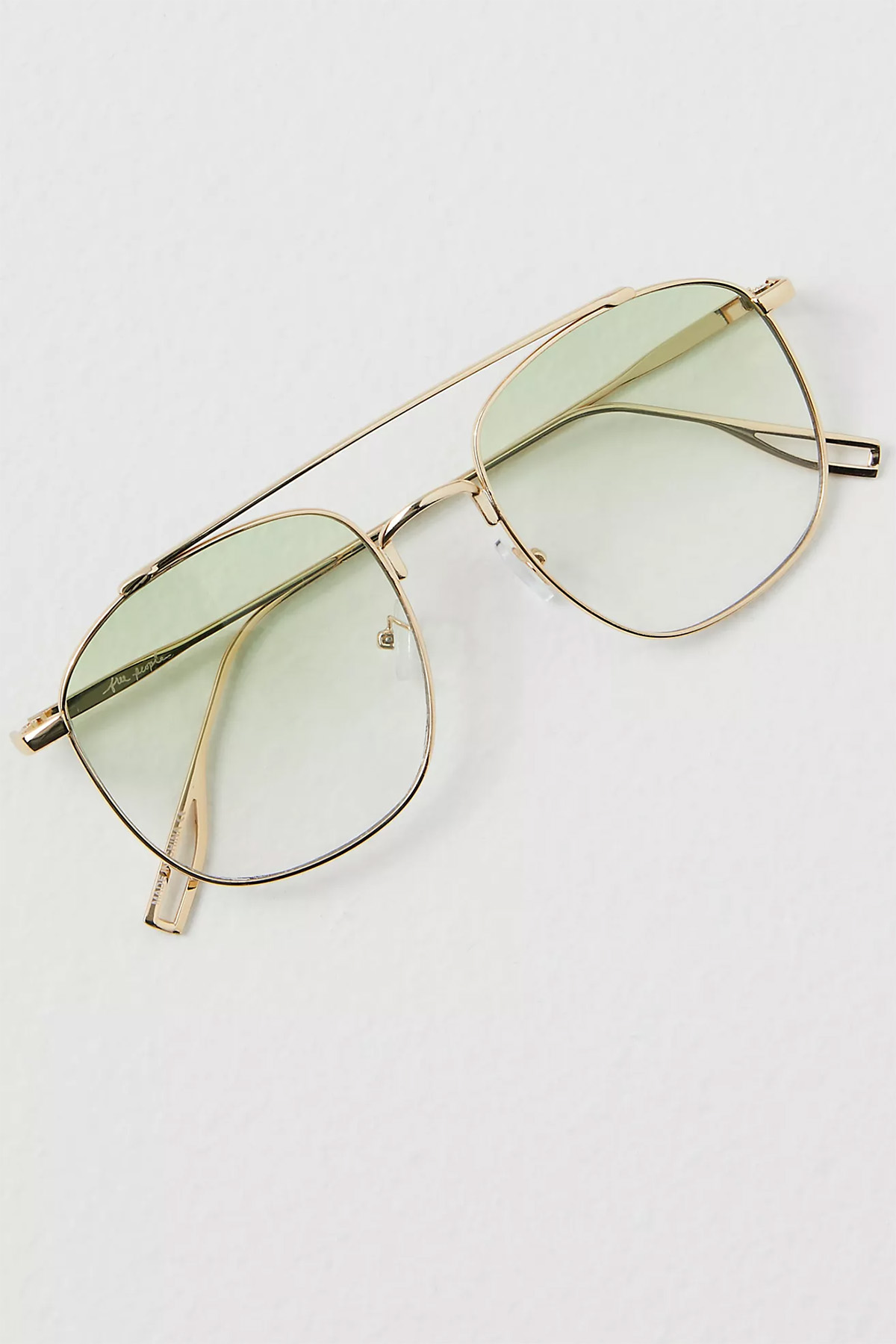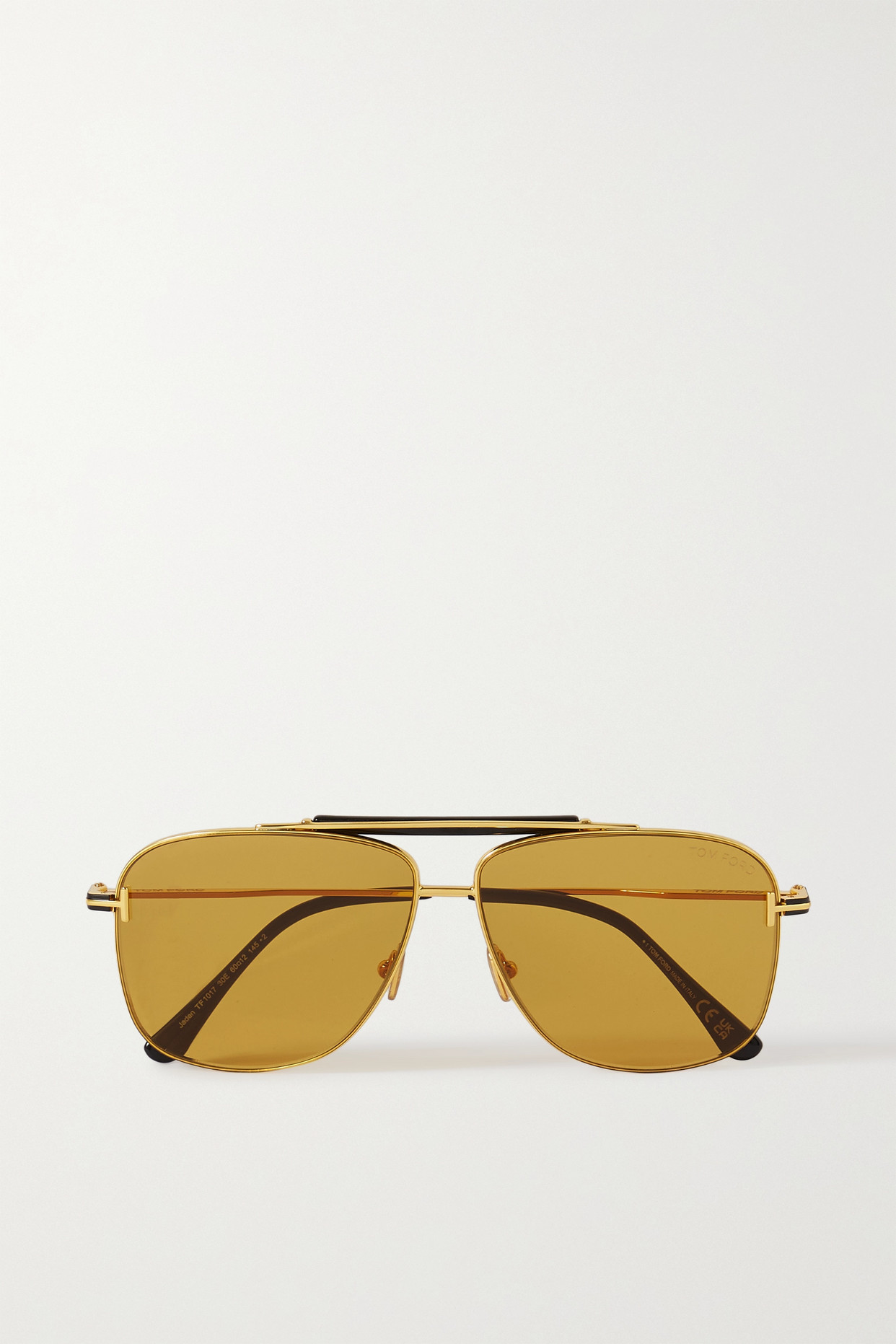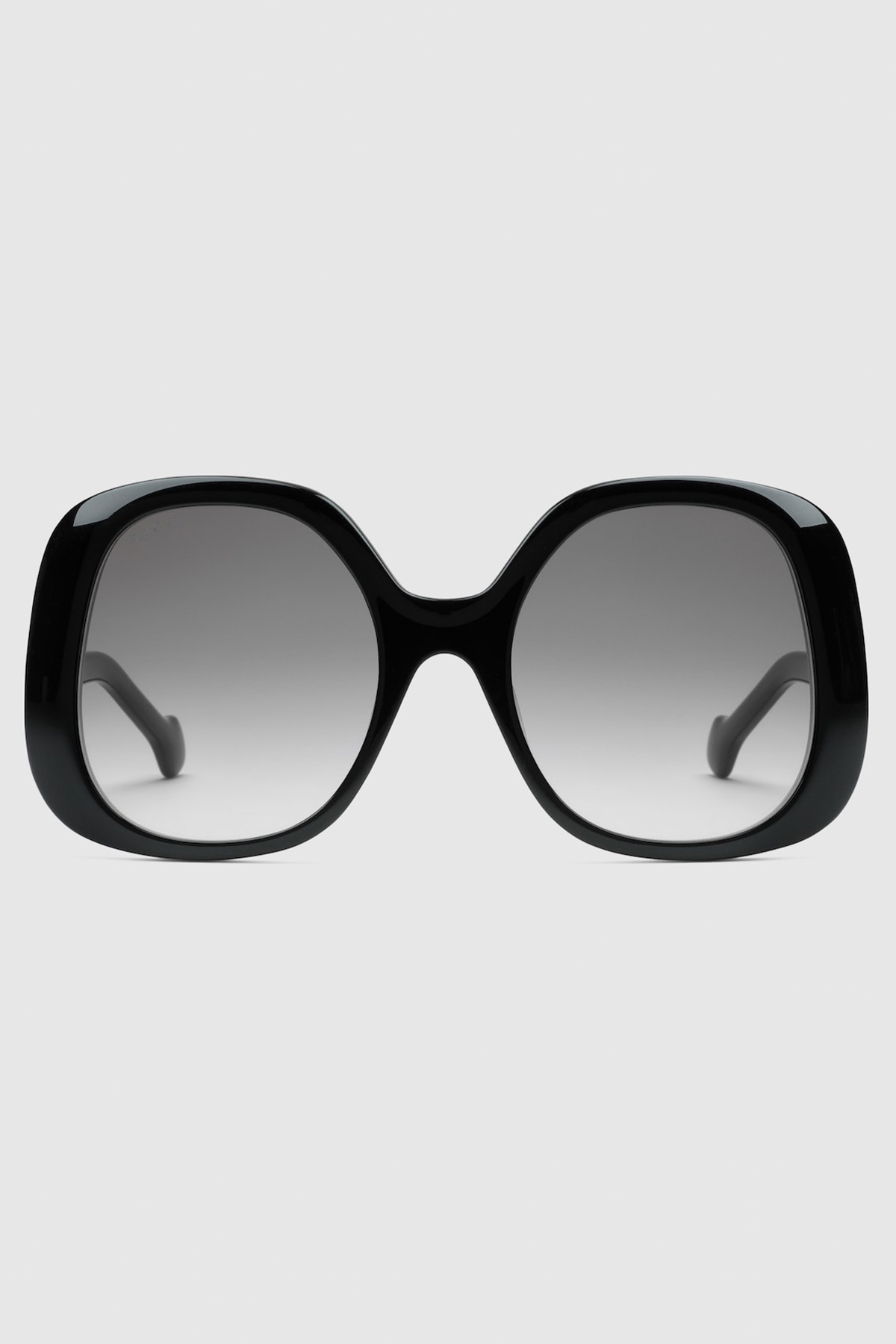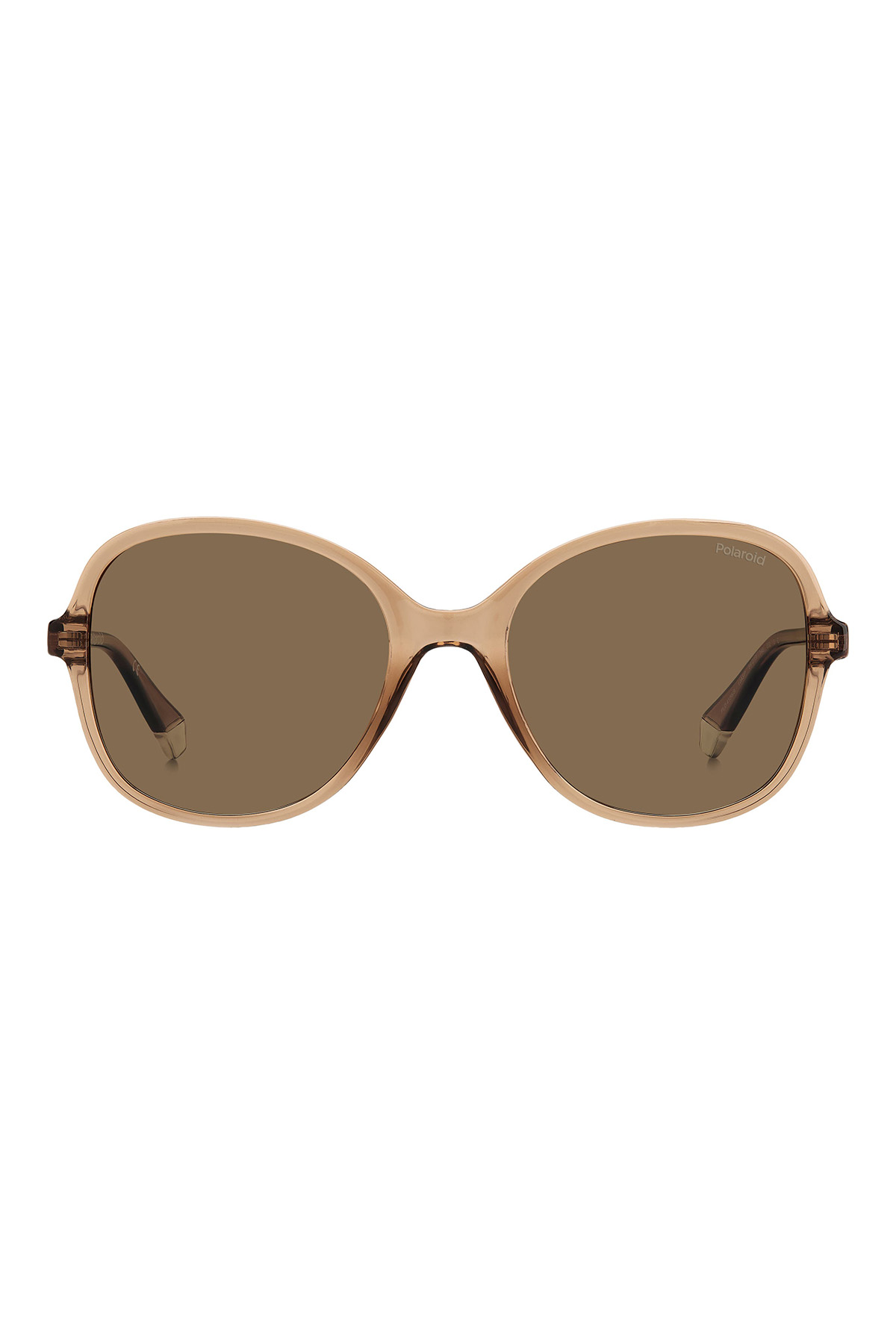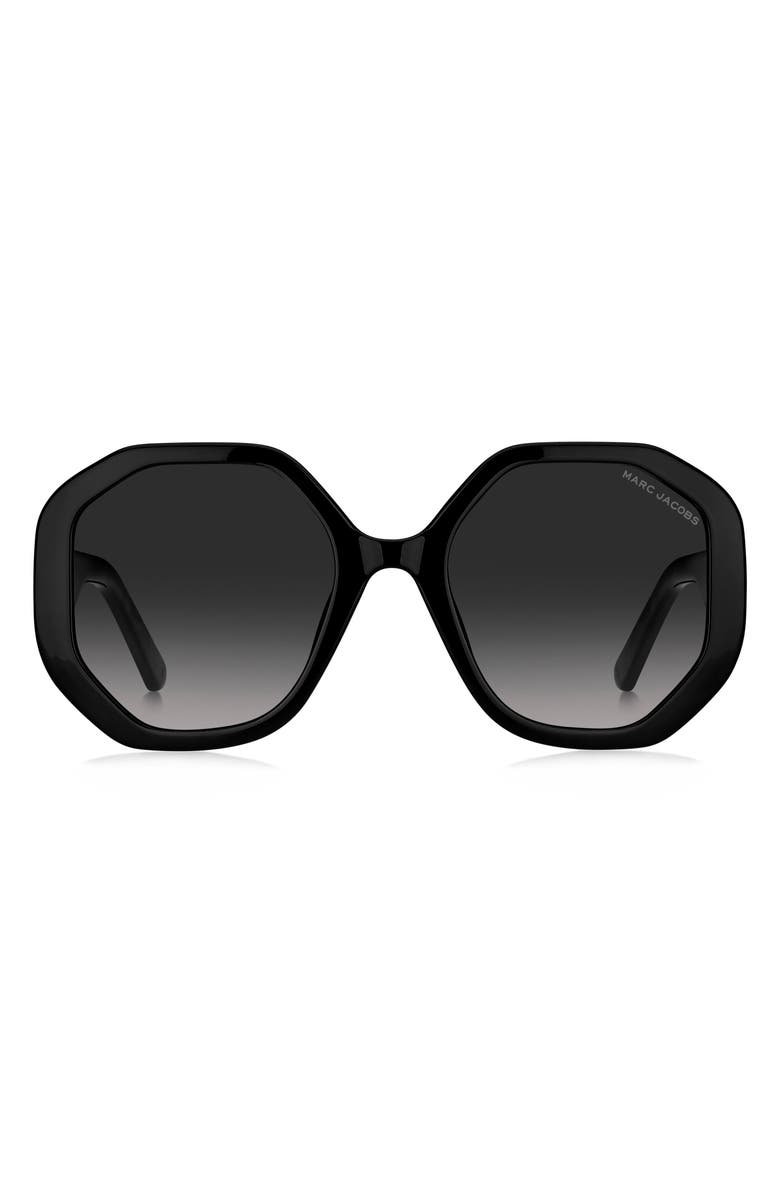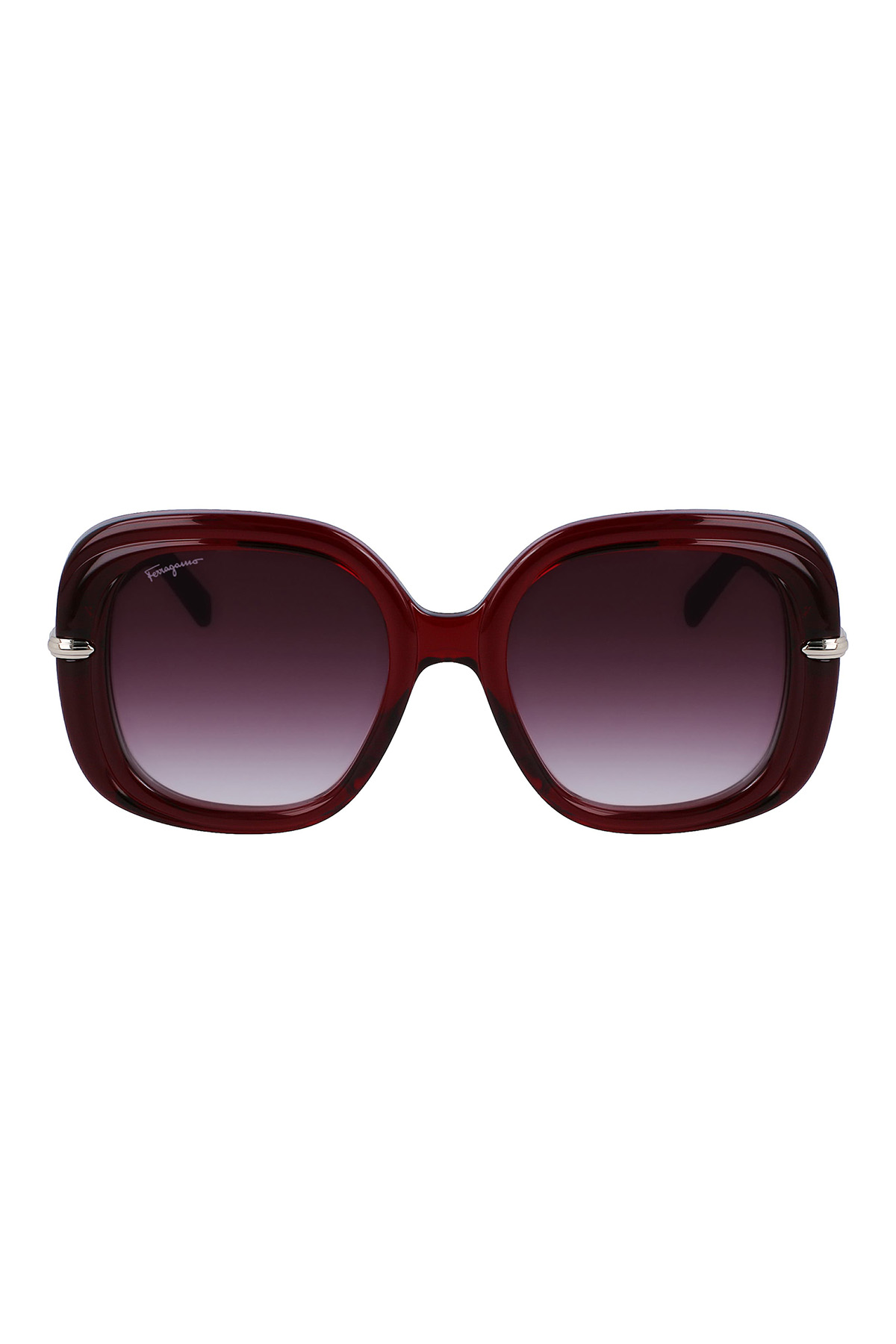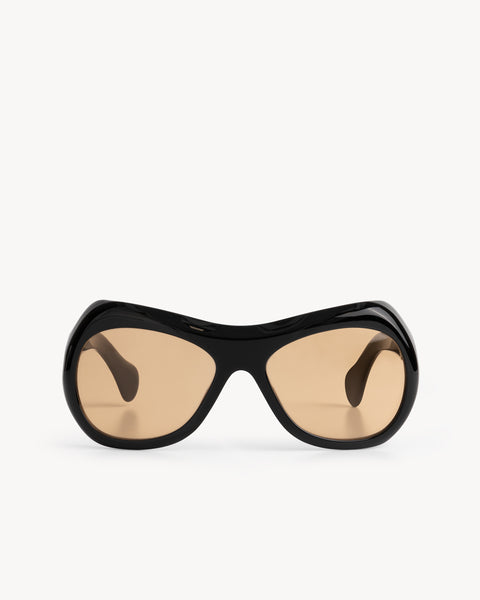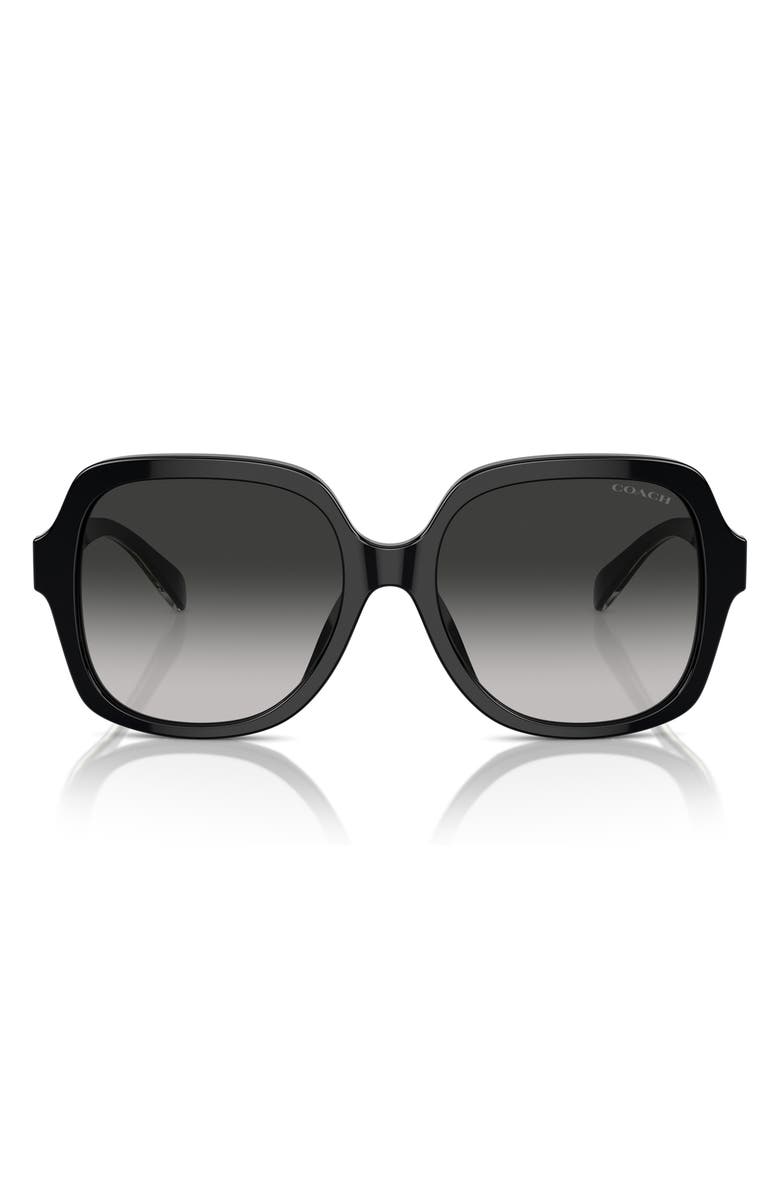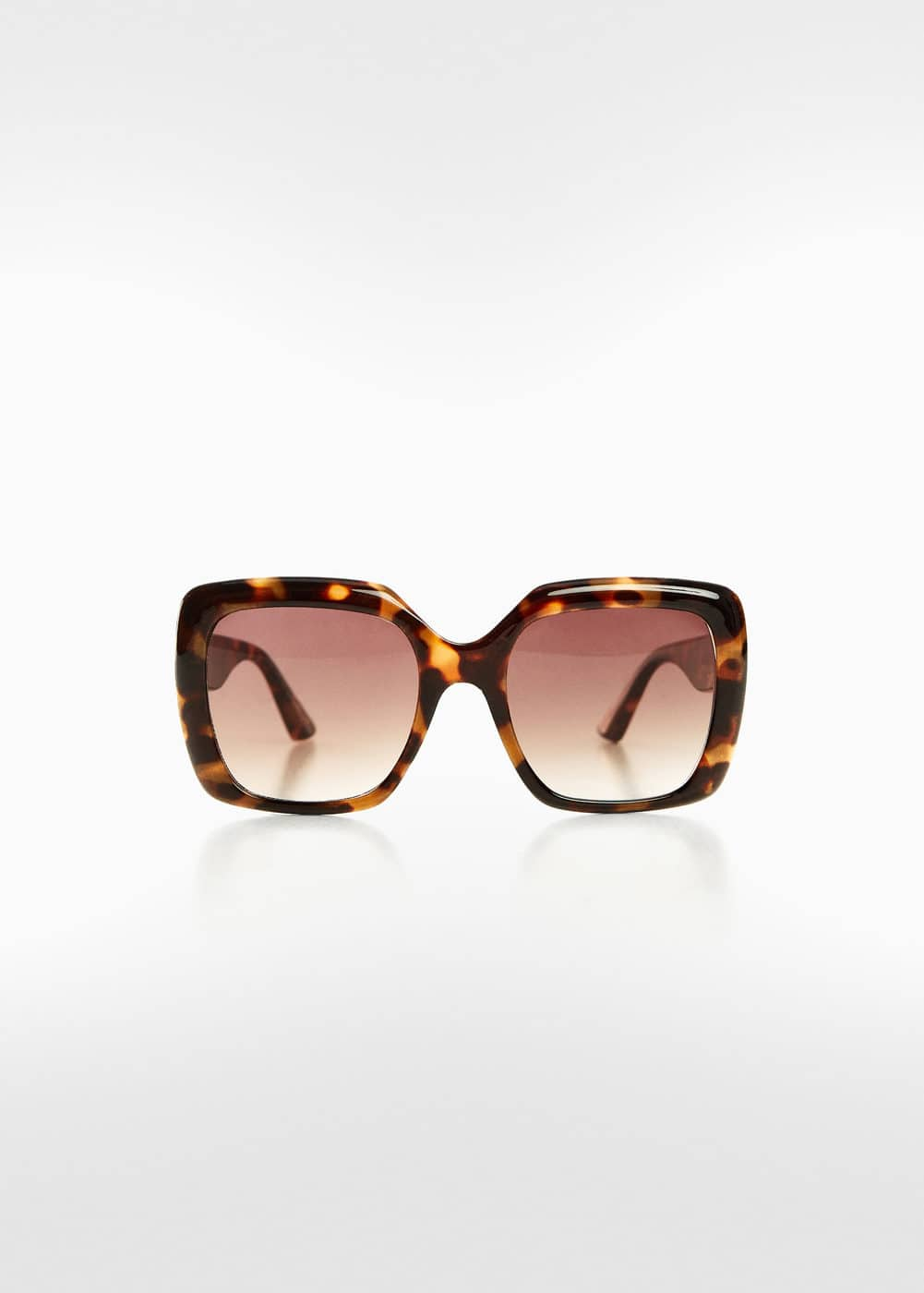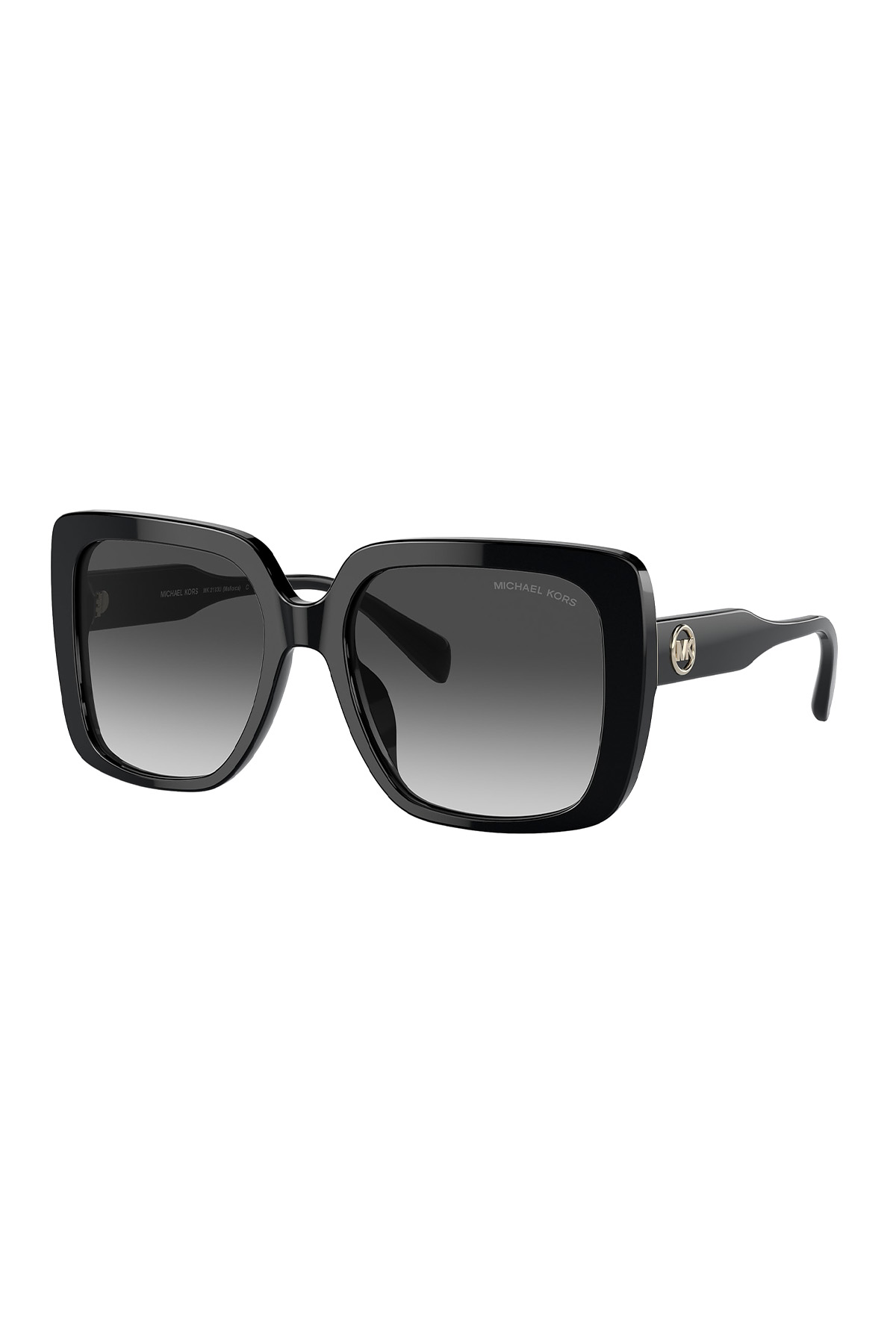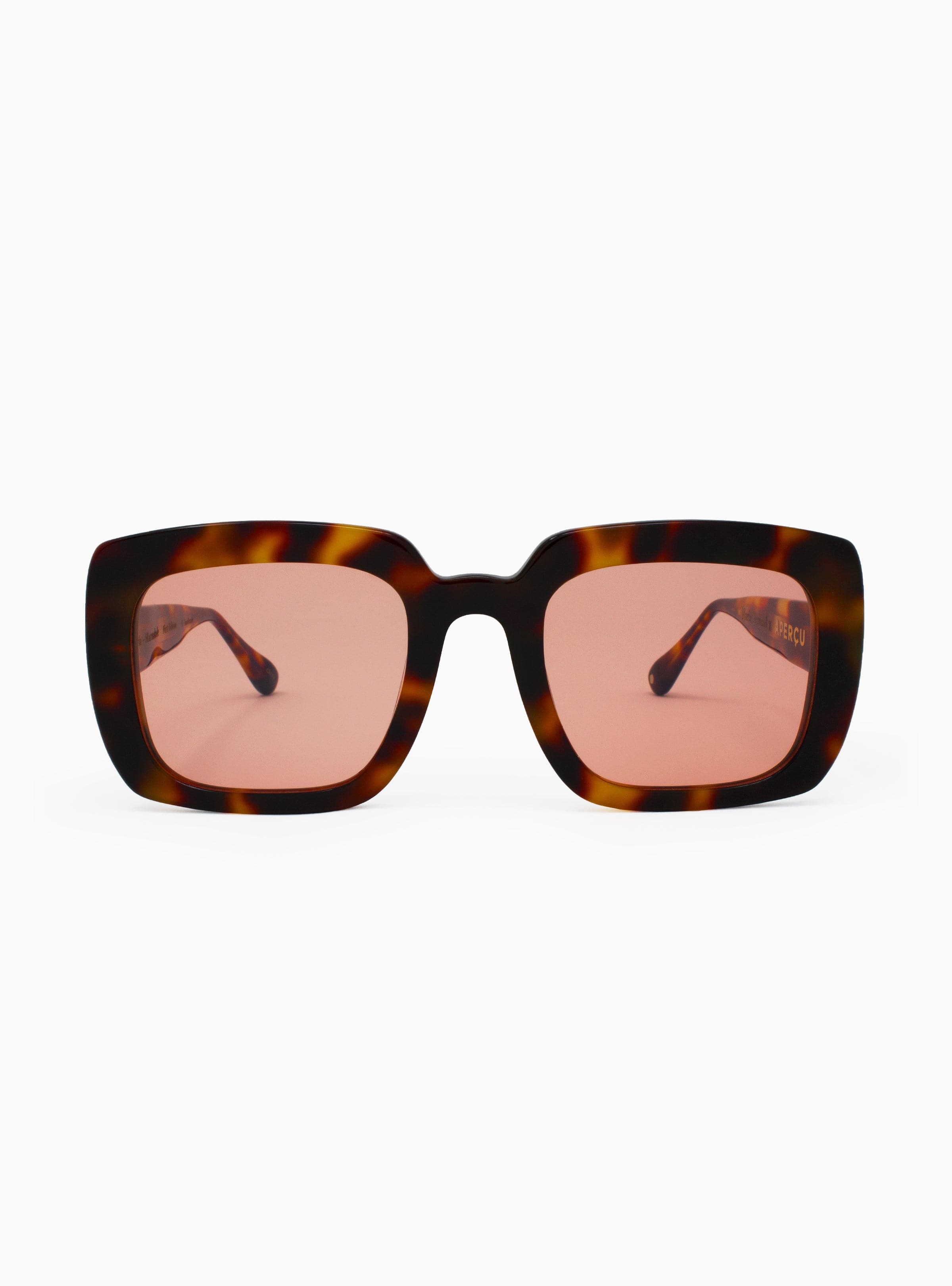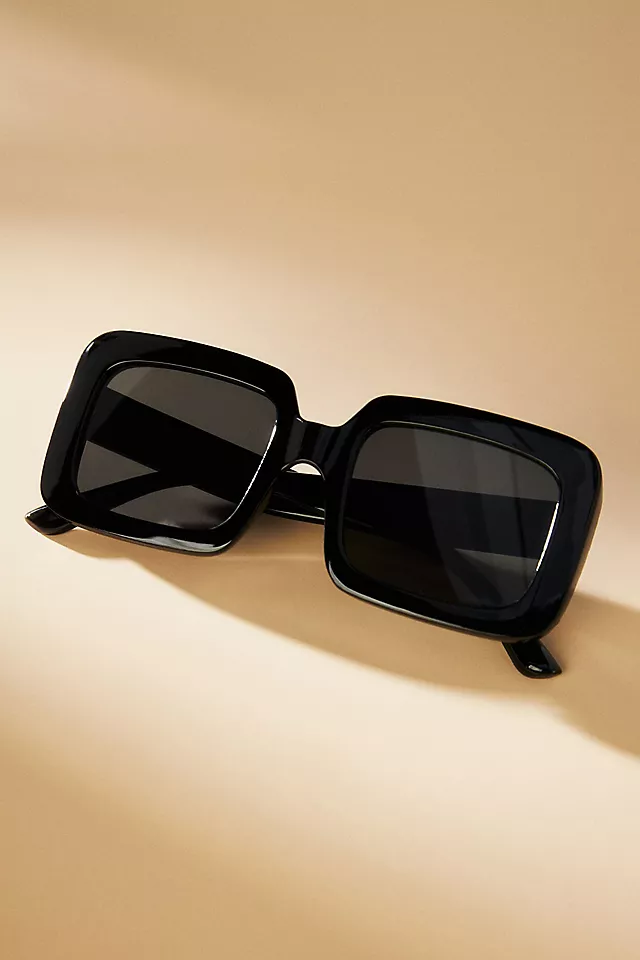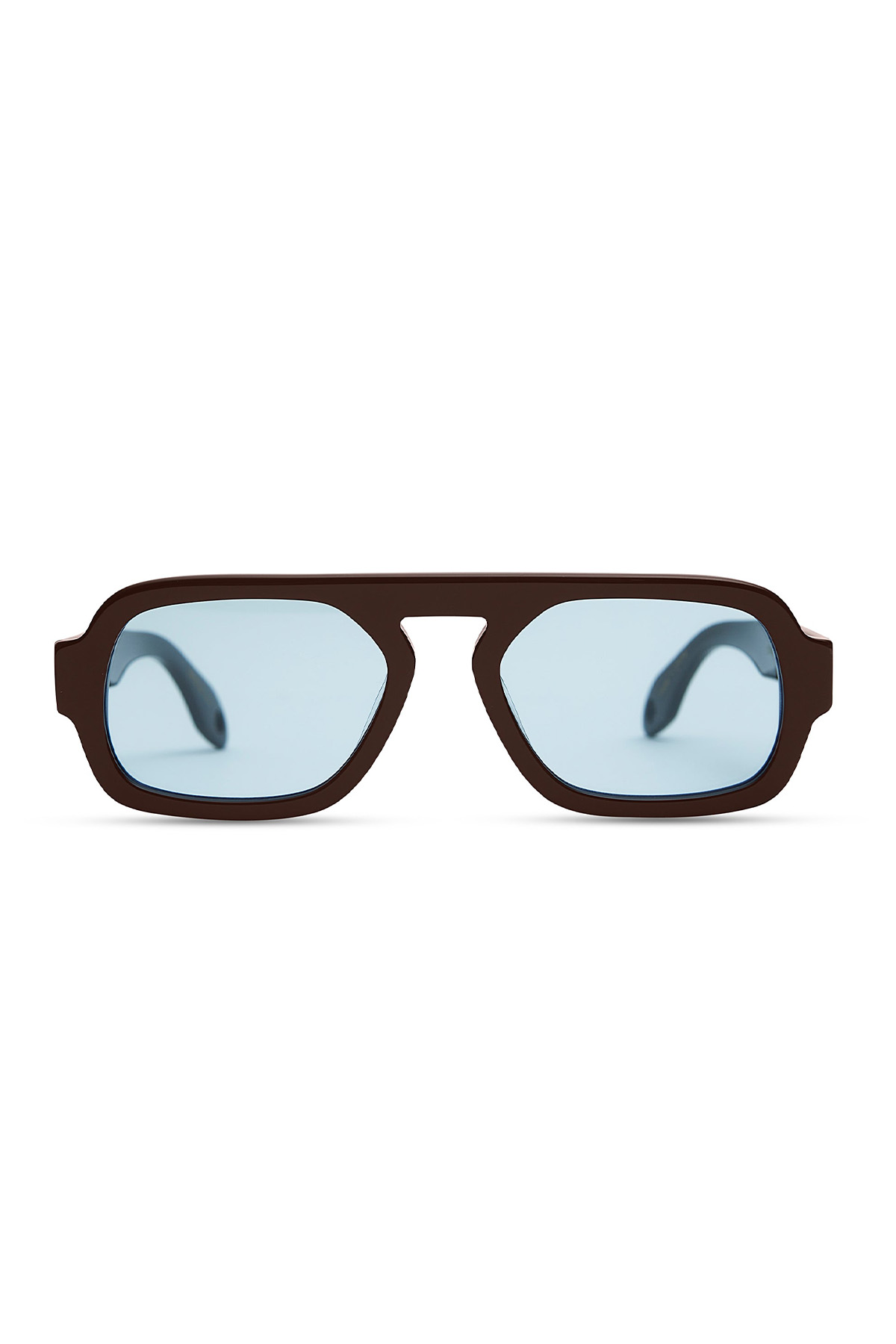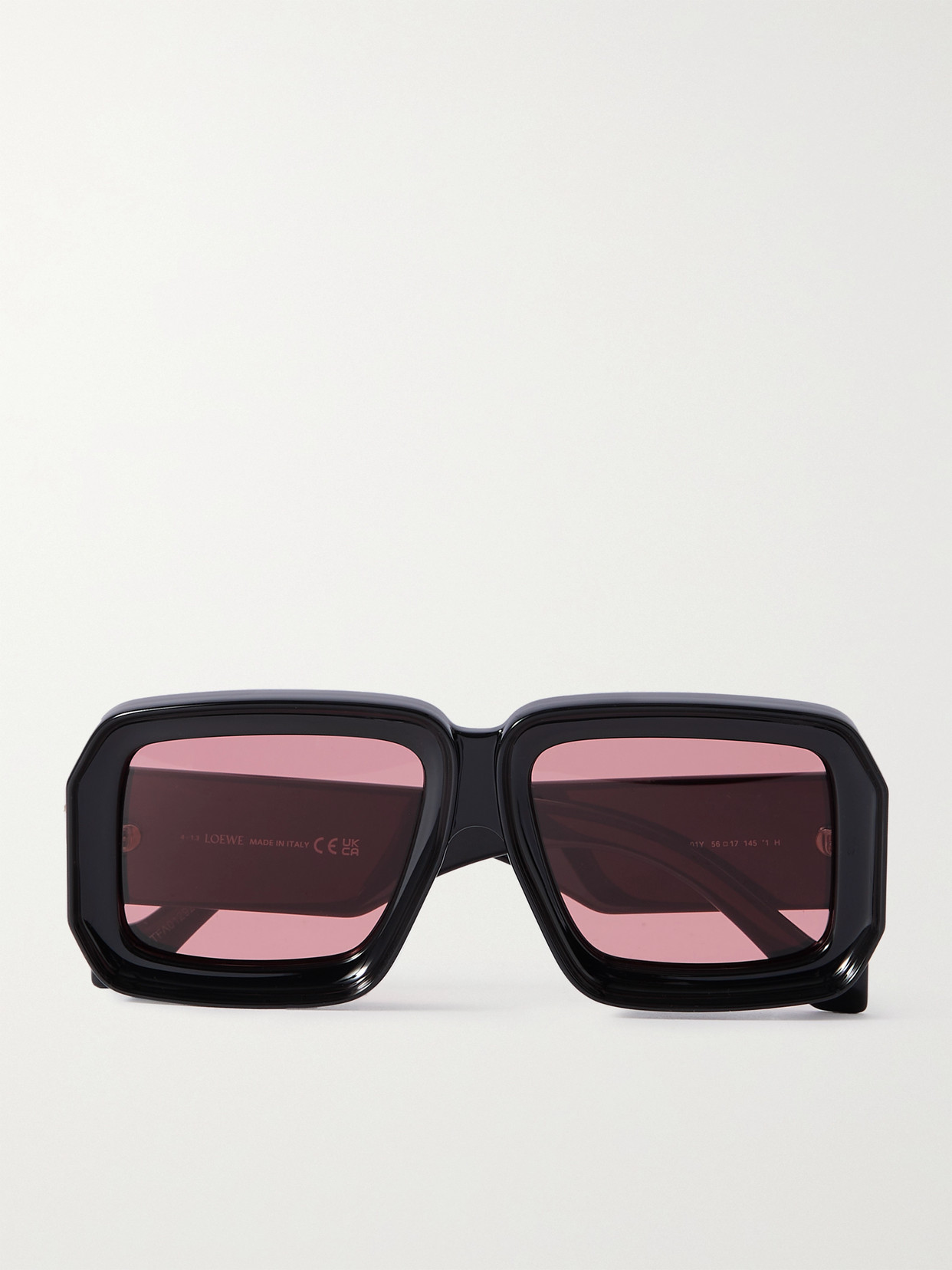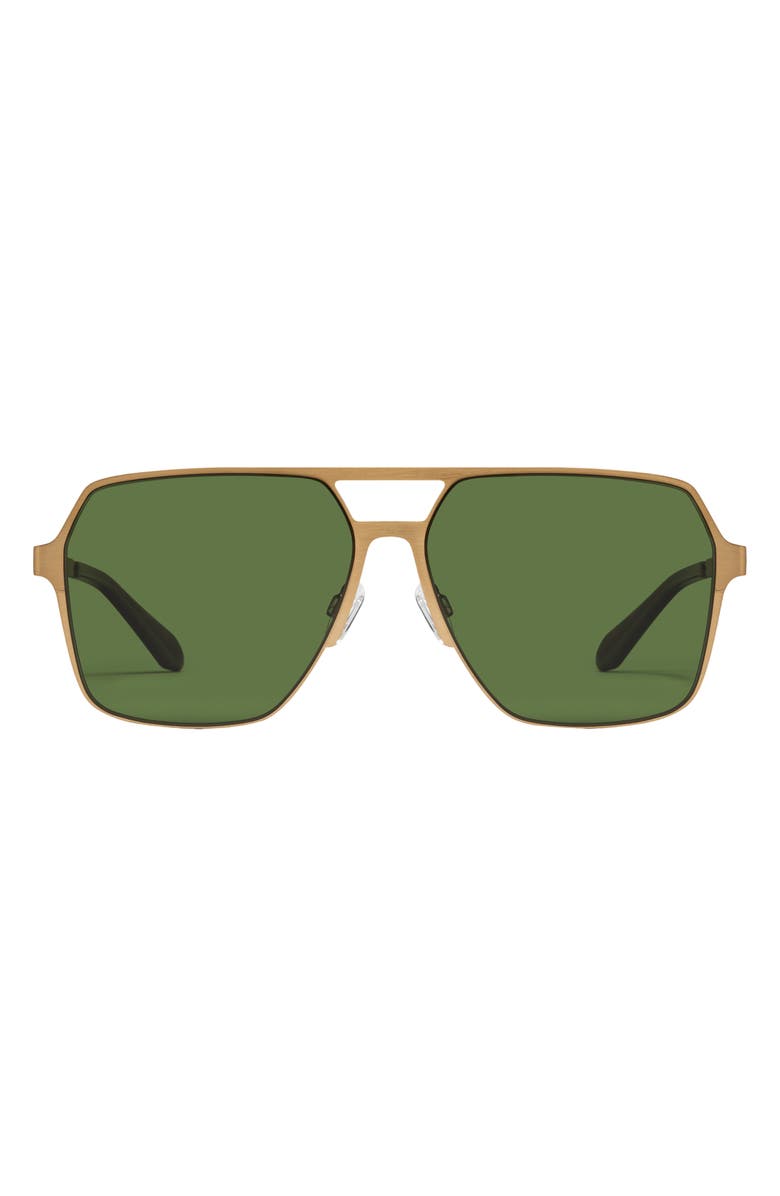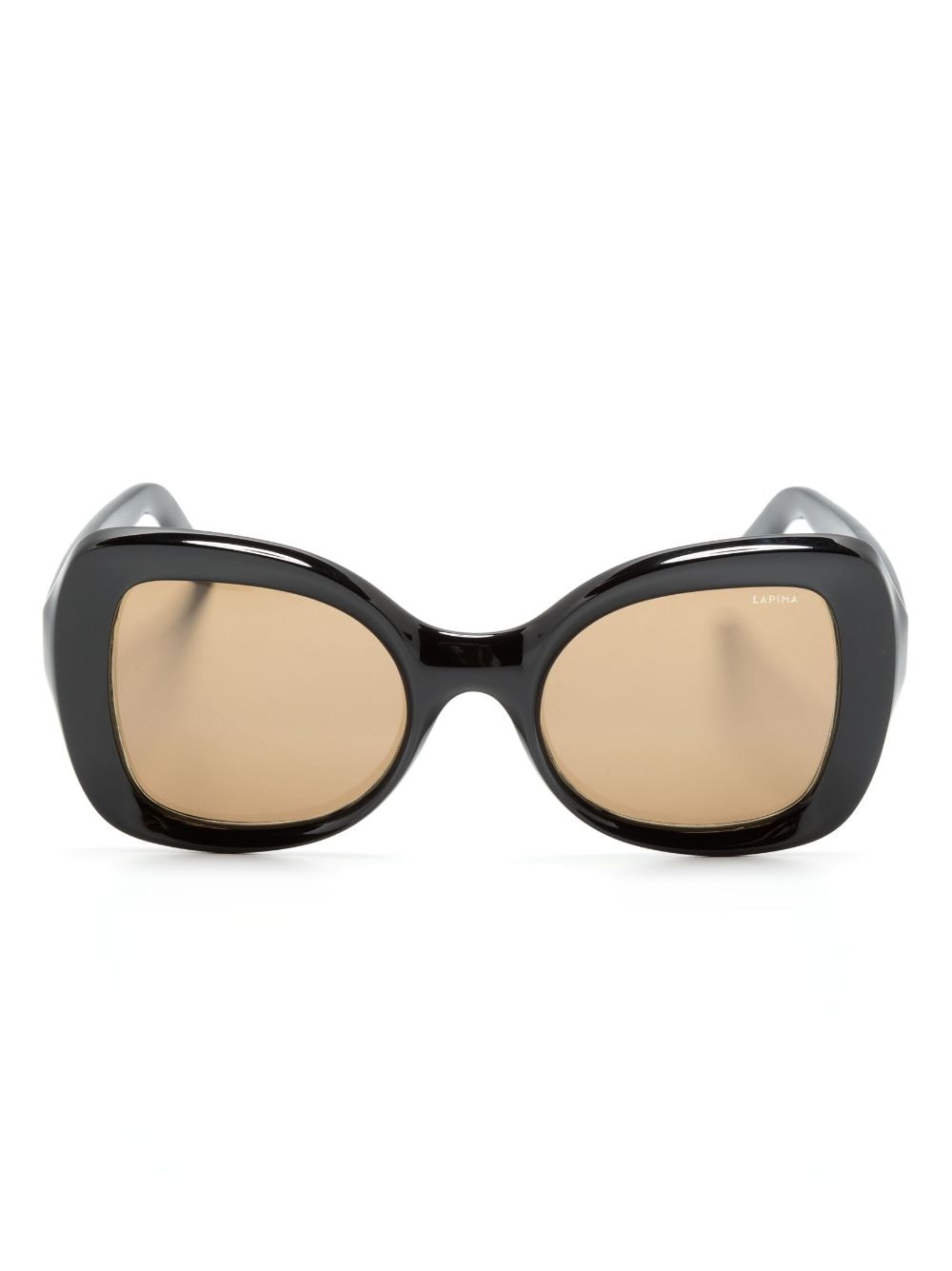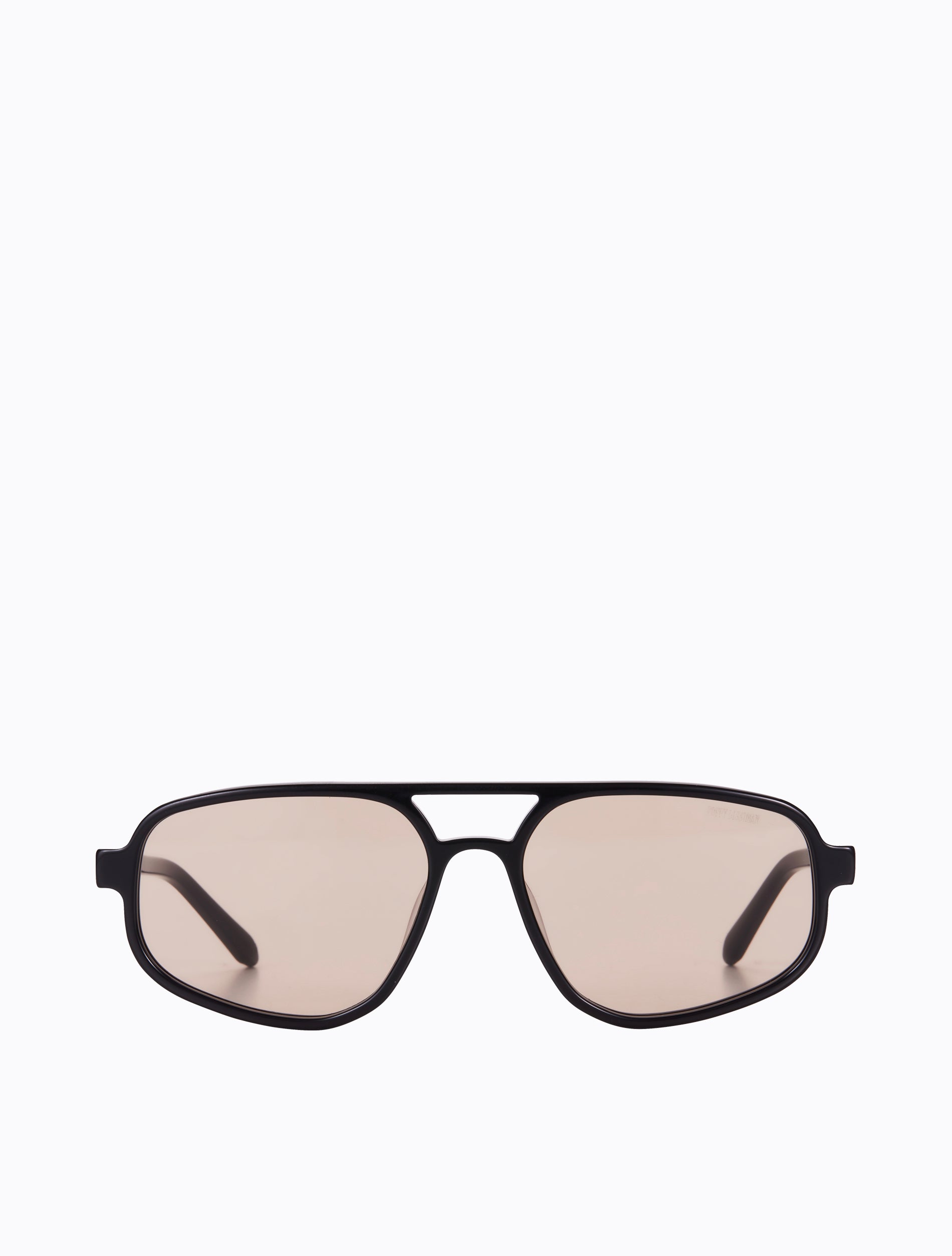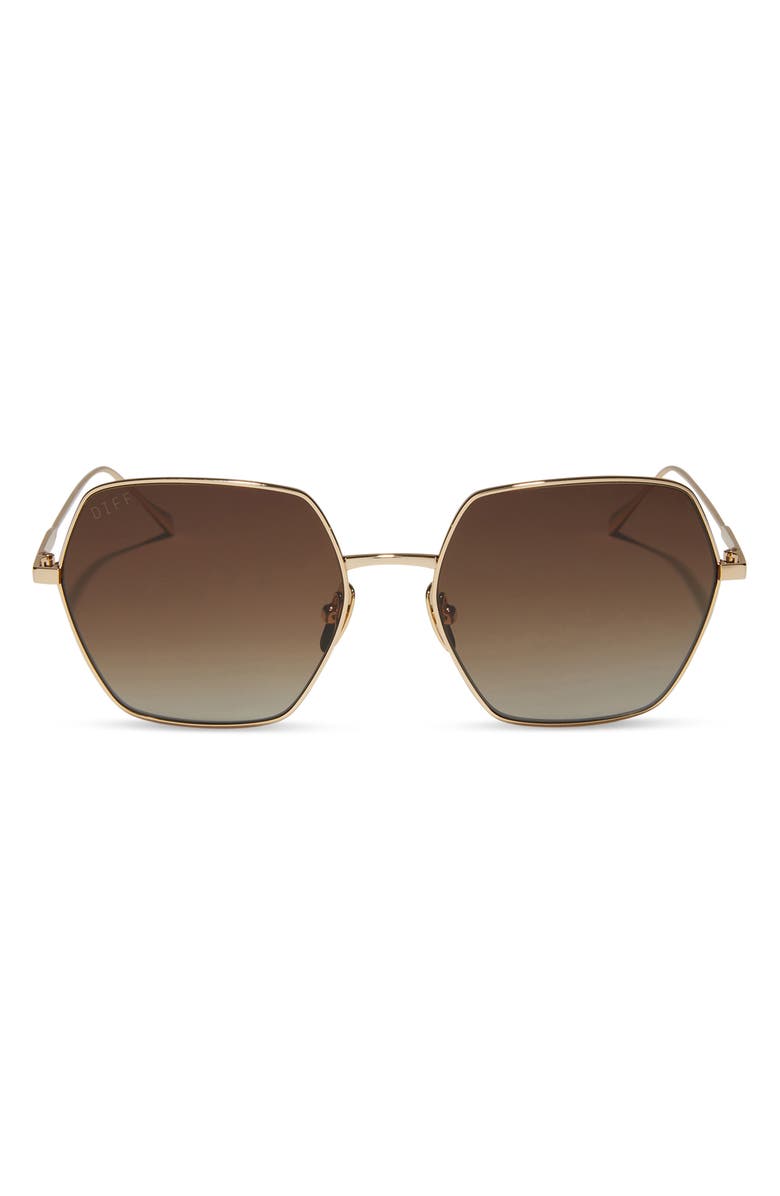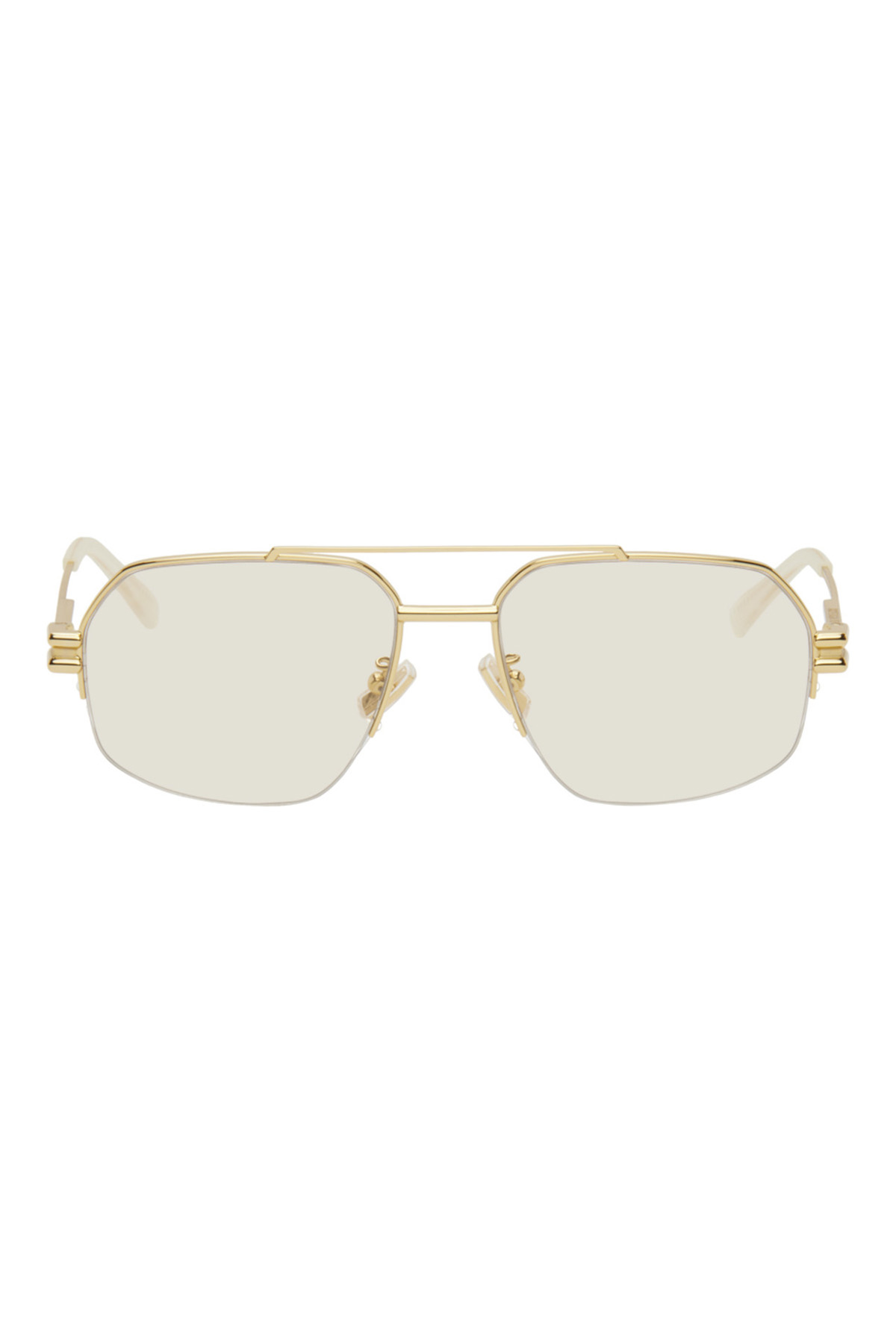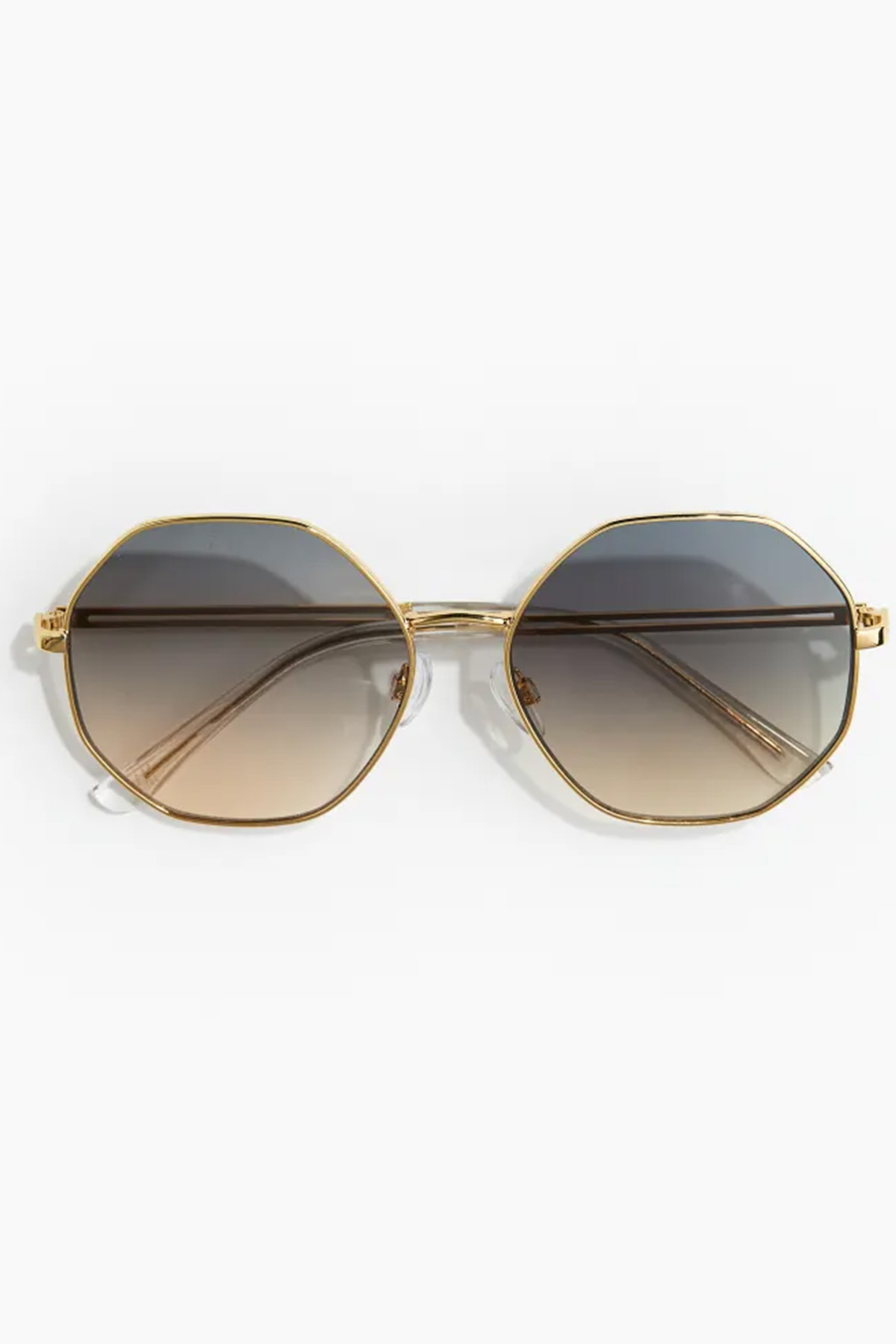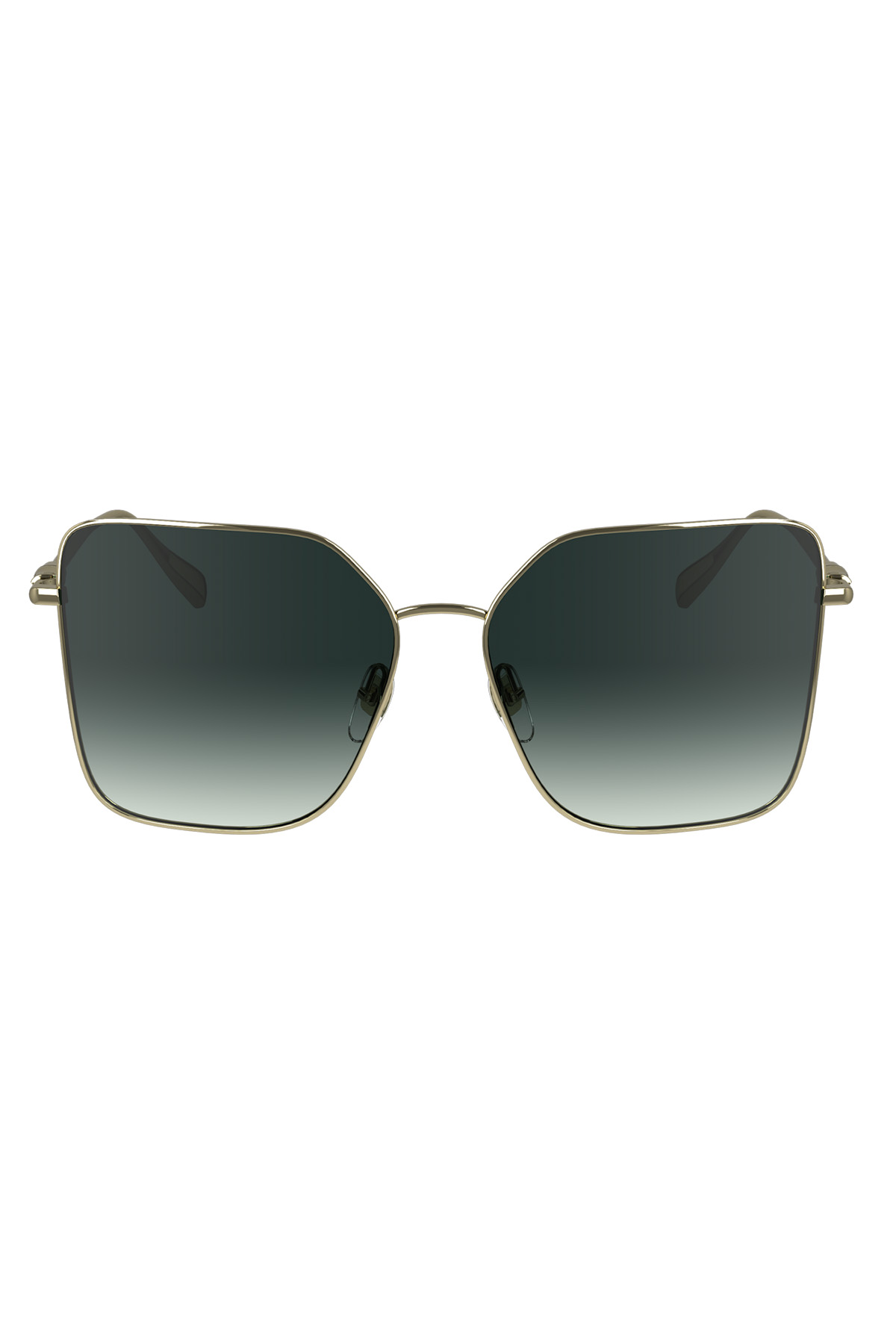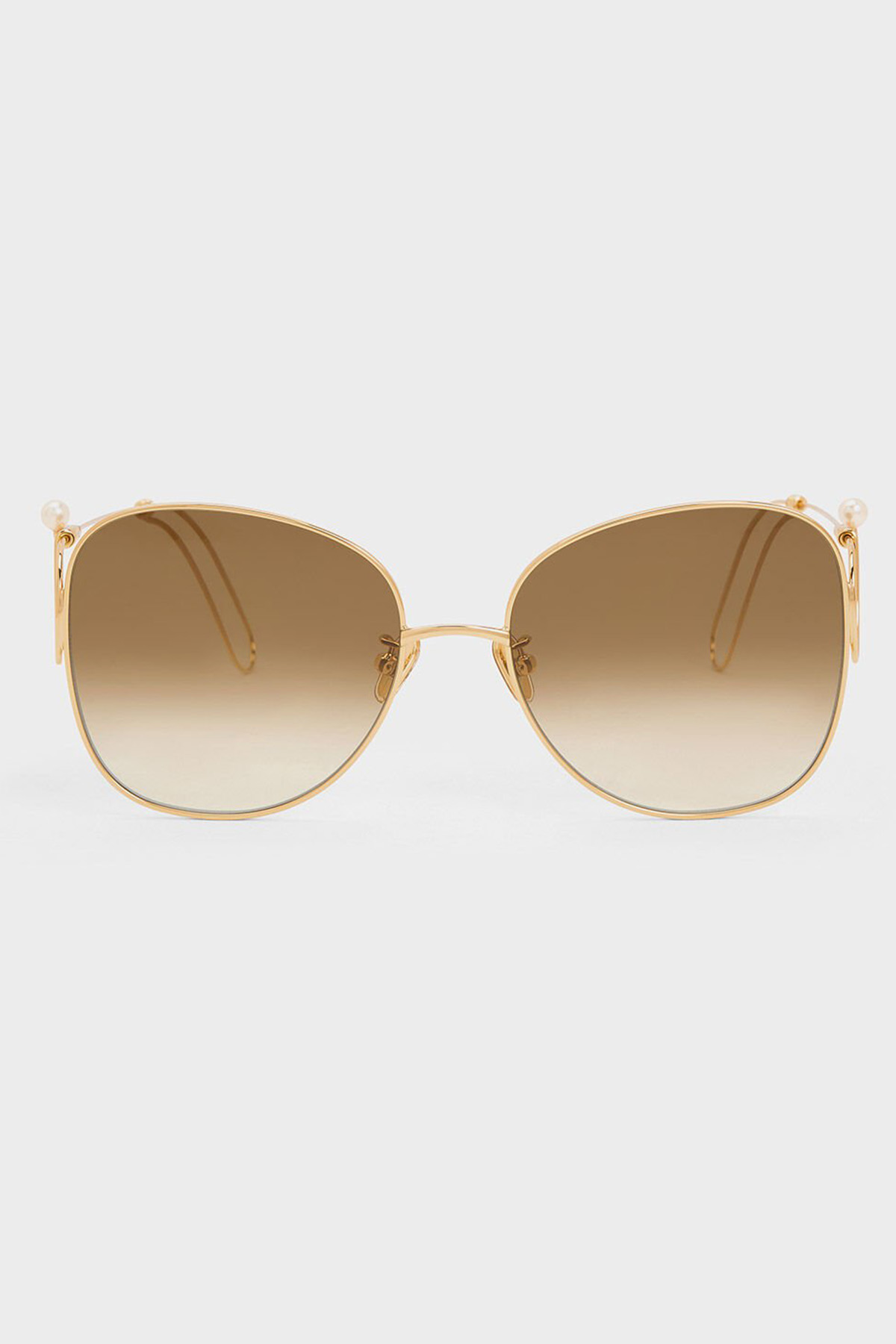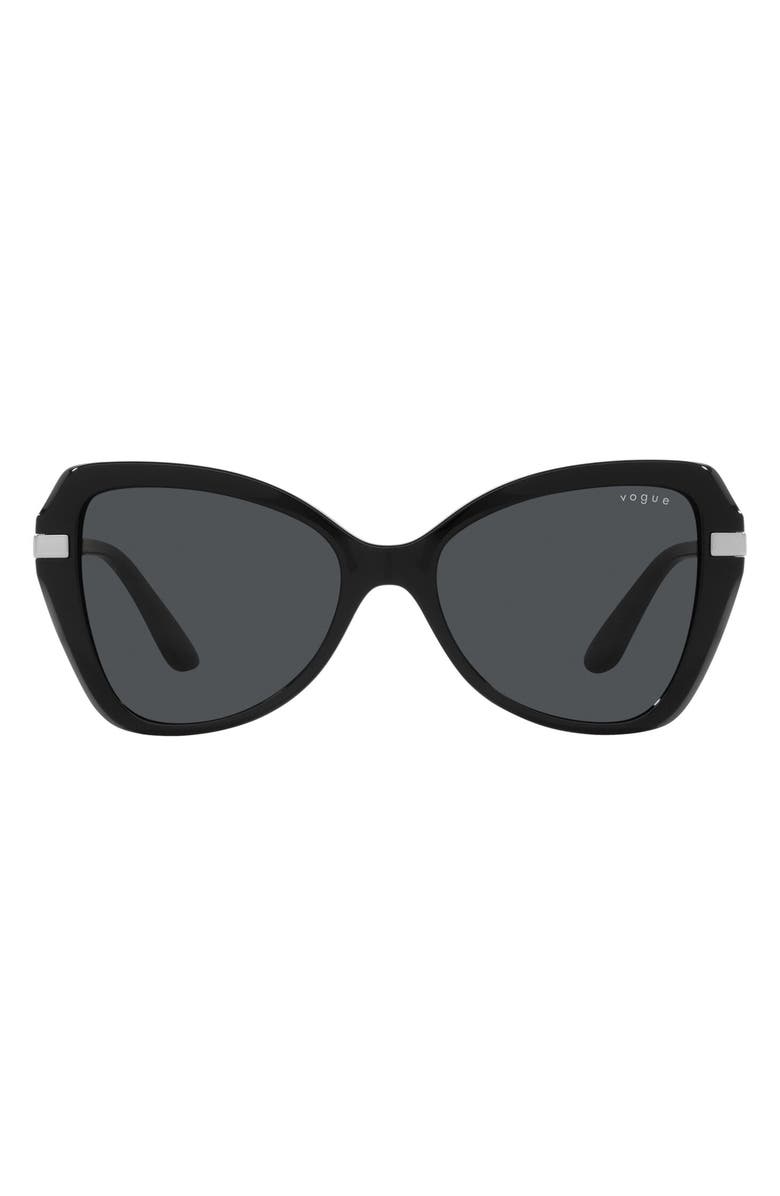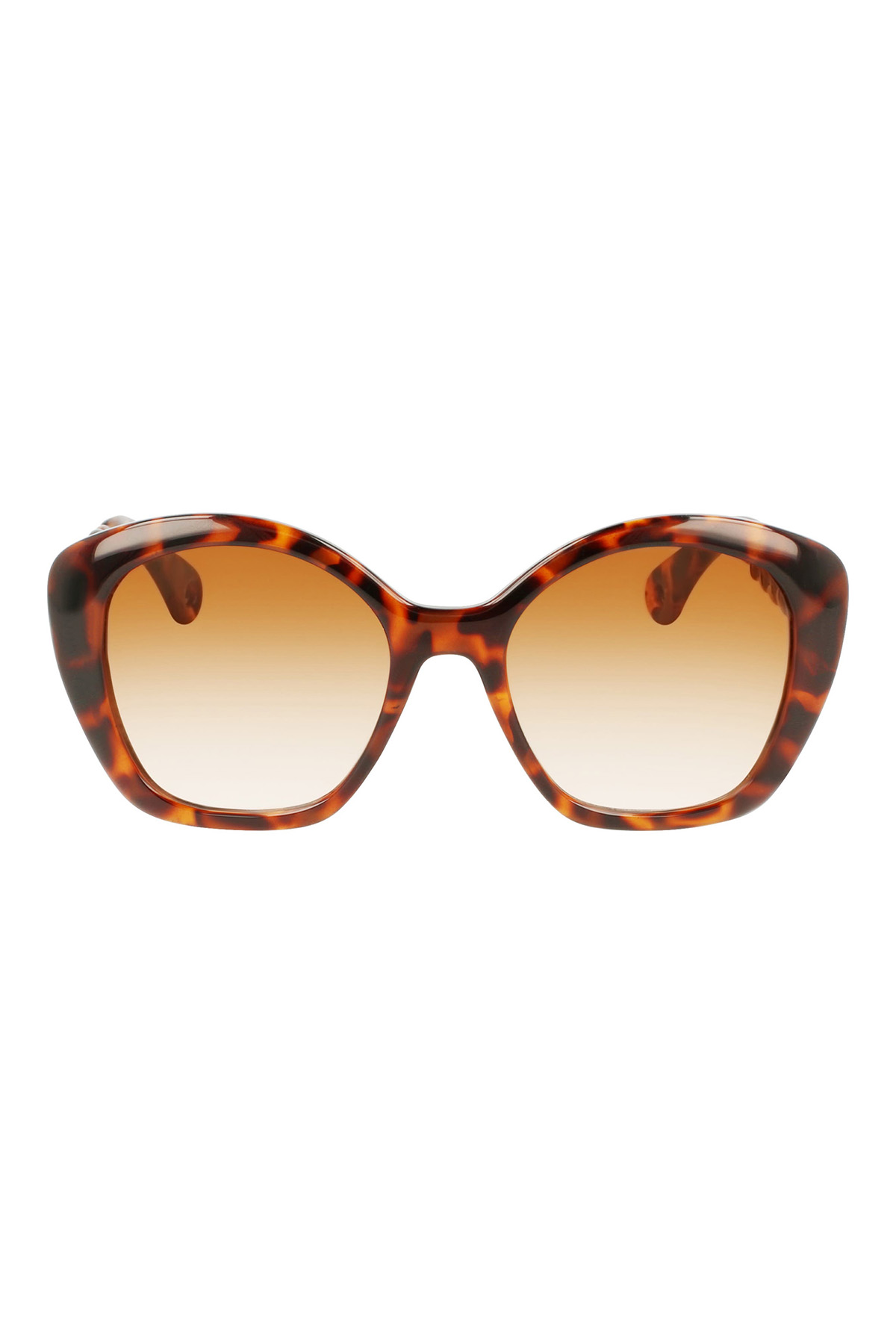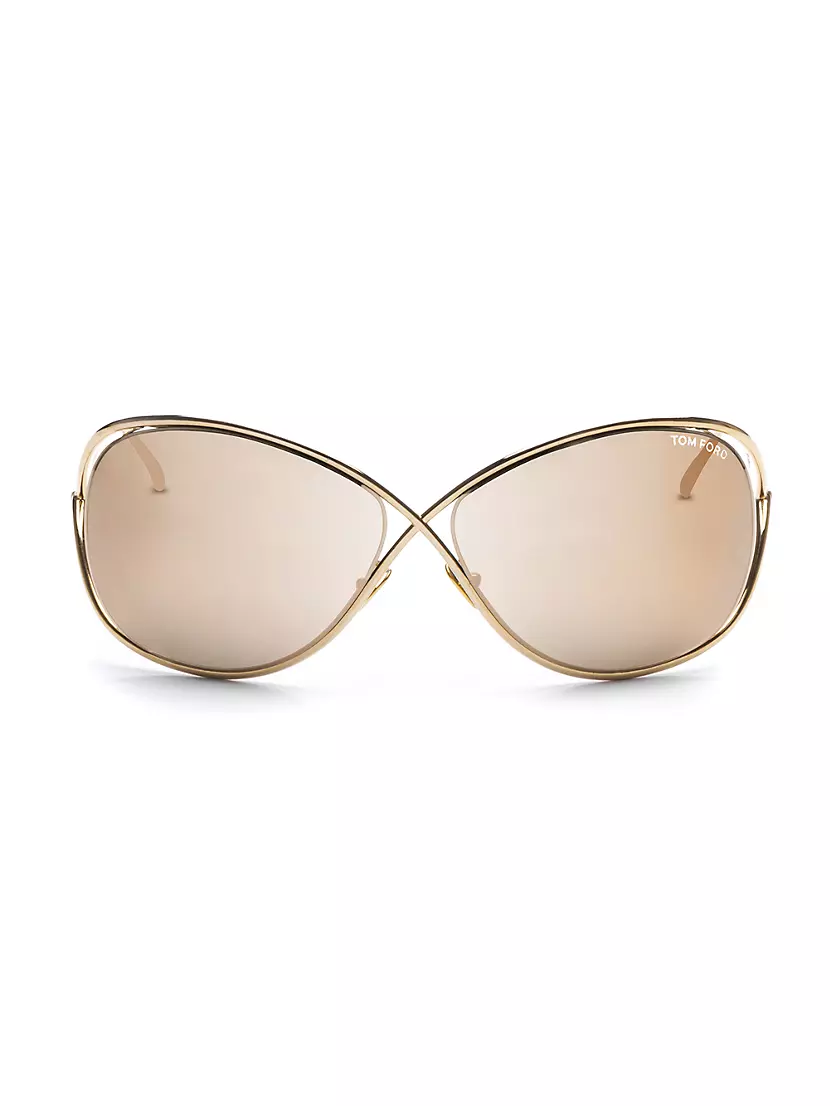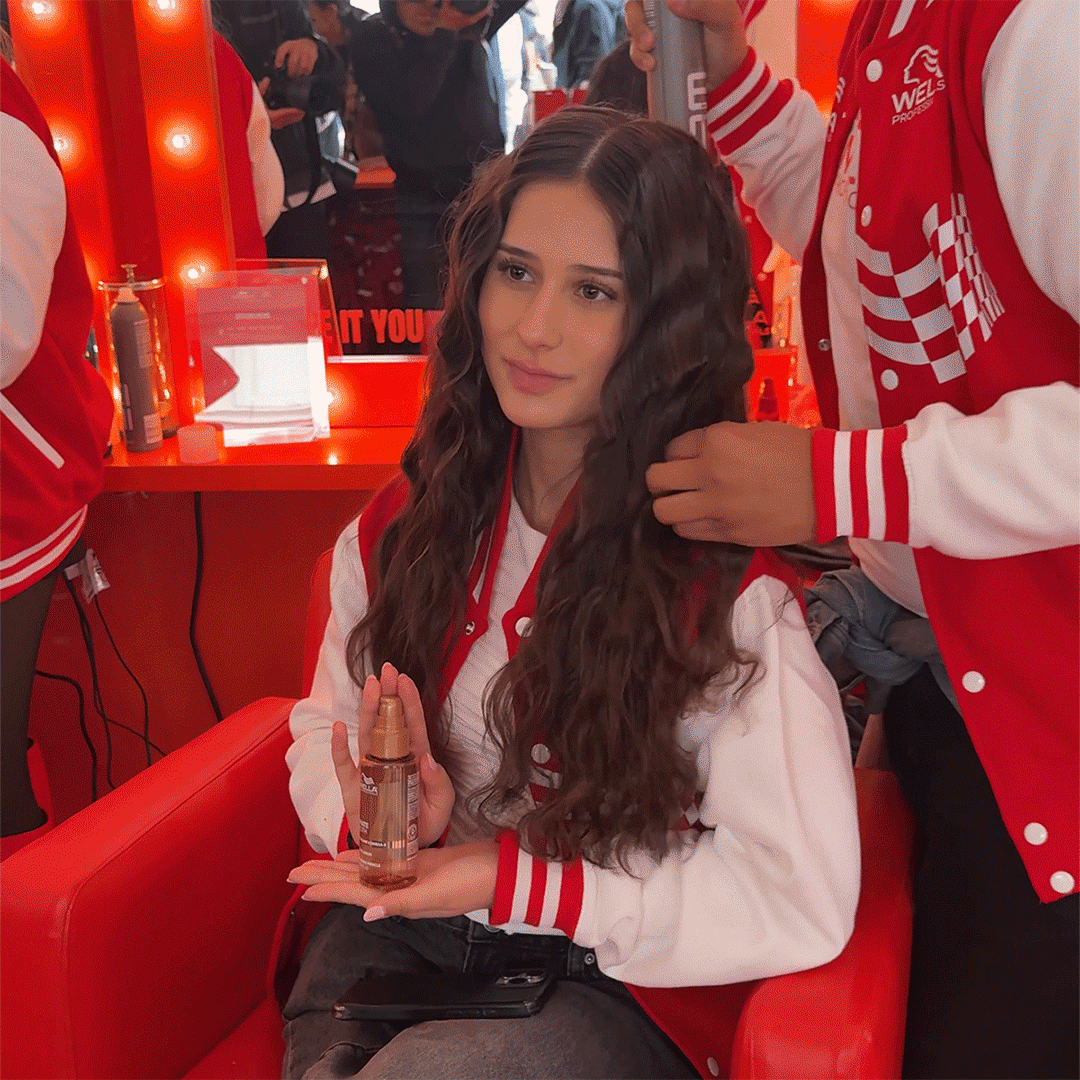The "Dated" Sunglasses Trend That Destined to Be Everywhere Again
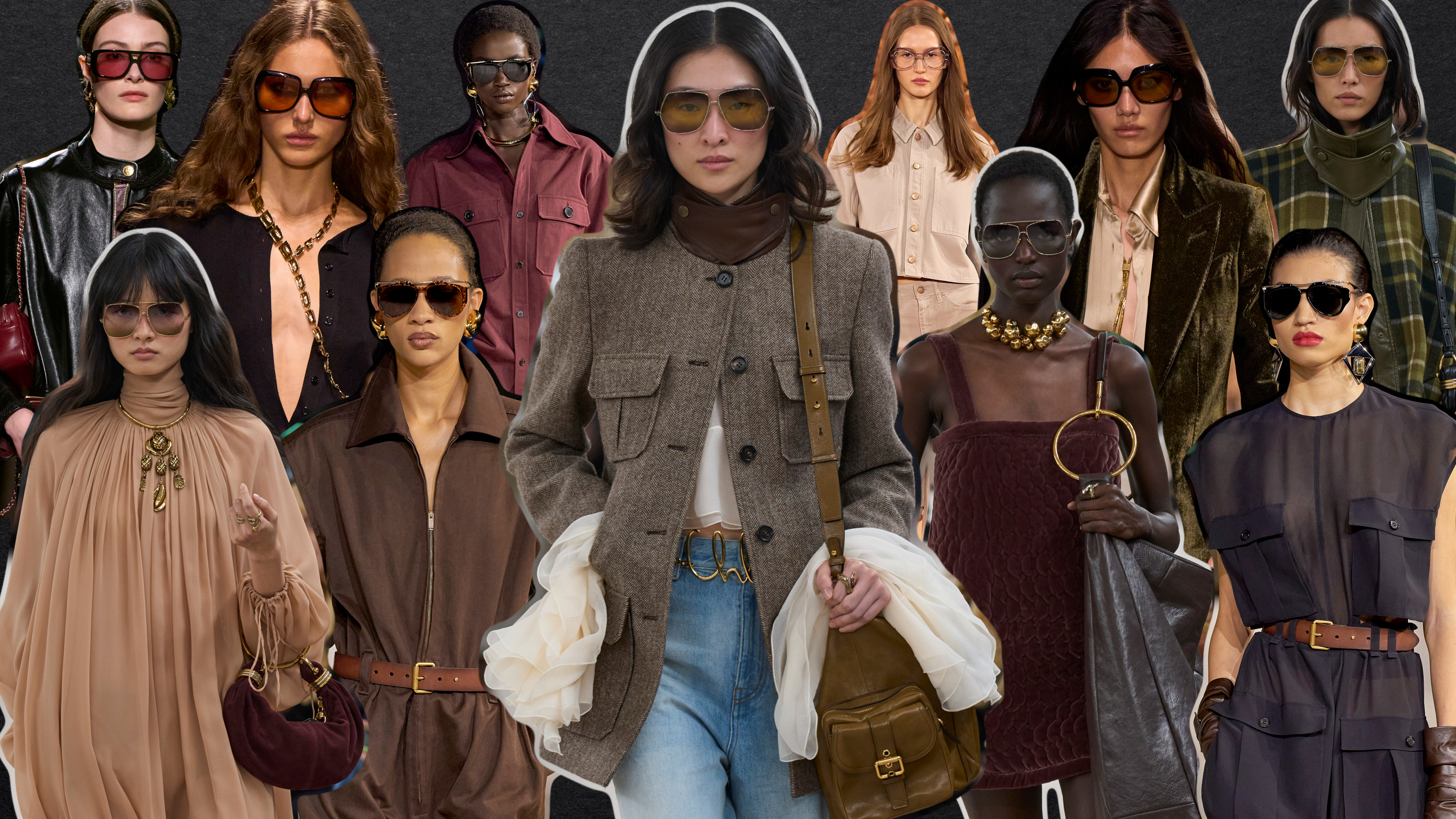

Anyone who’s followed fashion long enough is aware of one universal truth: nothing is truly “new.” Sure, there might be rising designers to put on your radar or even buzzy new items to buy, but on the whole, fashion is constantly pulling from the past. That’s no more visible than with runway trends, specifically the rise of one accessory: ‘70s-inspired sunglasses. Although seemingly small, fashion archivists can attest that sunglasses give us the greatest glimpse of the past. Each type of frame, even if it feels like a “fresh” trend, can be traced back to specific fashion eras because of its shape, size, and color shades. This is especially true with ’70s-inspired sunglasses because their boho-chic features are far more distinct compared to other eyewear styles. Thereby ensuring they’re easy to spot when they’re in our sights again. Spoiler alert: They are very much back.
It only takes a simple glance through S/S 24 and F/W 24 collections to conclude that these “dated” frames are making their debut into high fashion once more. However, if you’re unfamiliar with what type of sunglasses were popular during that period, nor the fashion history behind them, you’ll want to keep reading. We’re sharing our deep-dive from the archives to break down what eyewear was everywhere during the ‘70s, broken up by the six silhouettes that have recently popped up in runway collections. Based on their prevalence both in the past (and present), it’s only a matter of time before these sunglasses are spotted everywhere again. Luckily, we had the foresight to round up some of the best ’70s-inspired sunglasses at every price point to shop right now. Prepare to see the past from a new lens.
Aviator Frames
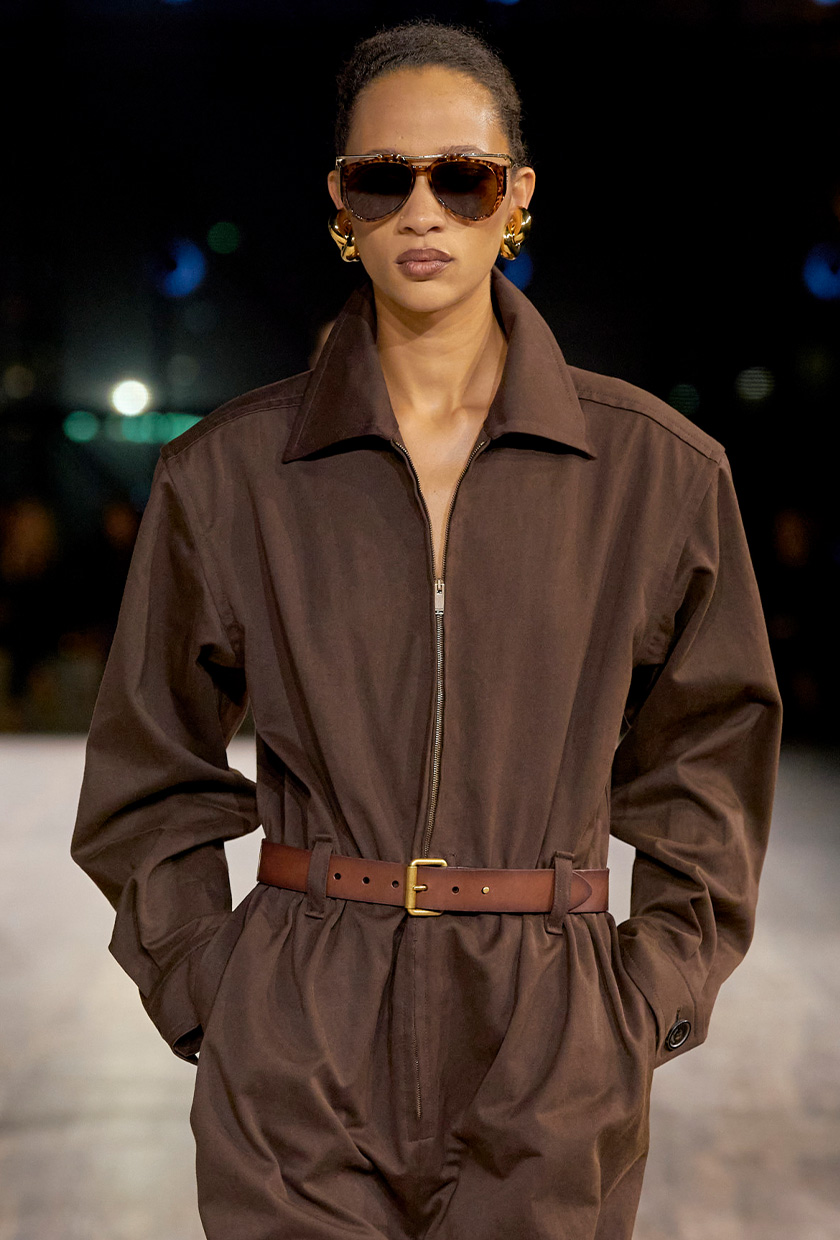
What's one frame synonymous with ’70s-inspired fashion? Aviators. As the name suggests, these shades were invented to protect pilots' eyesight during the ’30s but quickly soared to mass popularity in the late ’70s and early ’80s. In part, aviator sunglasses became trendy because of the eyewear's distinct shape; they're characterized by oversize tinted lenses with a double-bridge made from metal or plastic frame. Their rise can also be attributed to how the high-fashion crowd co-opted the shades in the '70s to make a fashion statement, making them more than something purely for functional purposes. That long history has continued as designers reinvented them on the runway, including most recently in Saint Laurent's spring show and Chloé's fall collection. Both gave the classic shades a contemporary twist by using hardware and tinted lenses to exaggerate the silhouette.
Oversized Round Frames
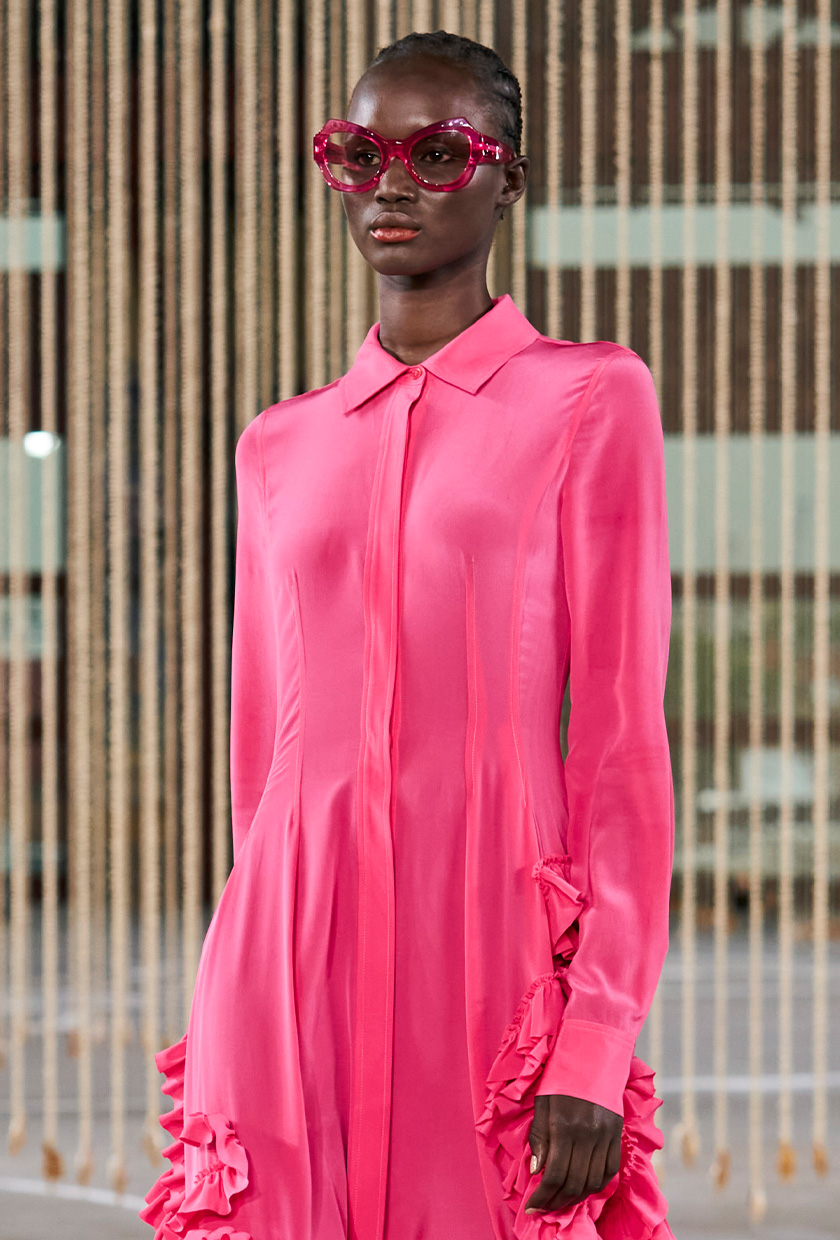
Another defining element of ’70s-inspired sunglasses is that they tapped into the bohemian fashion movement of the previous decade, but often with more pronounced frames. A prime example would be the evolution of round sunglasses, which initially defined ’60s fashion because of the popularity of smaller, wire-frame pairs. But during the ’70s, round shapes became chunkier, so much so that they often covered half of the face, deviating from the daintier versions of the past. Ultimately, the more dramatic take on the frame shape not only caught the attention of stars during that era but also cemented the style as a continued source of inspiration for designers today. Recently, we've seen oversize round sunglasses be reinvented in the recent collections of luxury brands like Ulla Johnson and Isabel Marant.
Oversized Square Frames

As mentioned before, the sunglasses we saw trend throughout the ’70s were a continuation of the styles that dominated during the ’60s. Case in point? Oversize square sunglasses. These shades had all the same characteristics as round frames, but the main difference was that they had a more boxy shape that covered the entire face from bright lights. That made the frames the favored style among the most famous icons of that era, as the silhouette allowed them to dodge the flashing lights from the paparazzi while still looking fabulous.
While there's no denying that stars such as Jackie Kennedy and Diana Ross made these square sunglasses popular, fashion houses have played their part in making these frames forever relevant. That's no more apparent than how they've continued to be a part of fashion today, most notably in the spring and fall collections of luxury brands that exude ’70s glamour, such as Tom Ford and Gucci.
Tinted Lenses
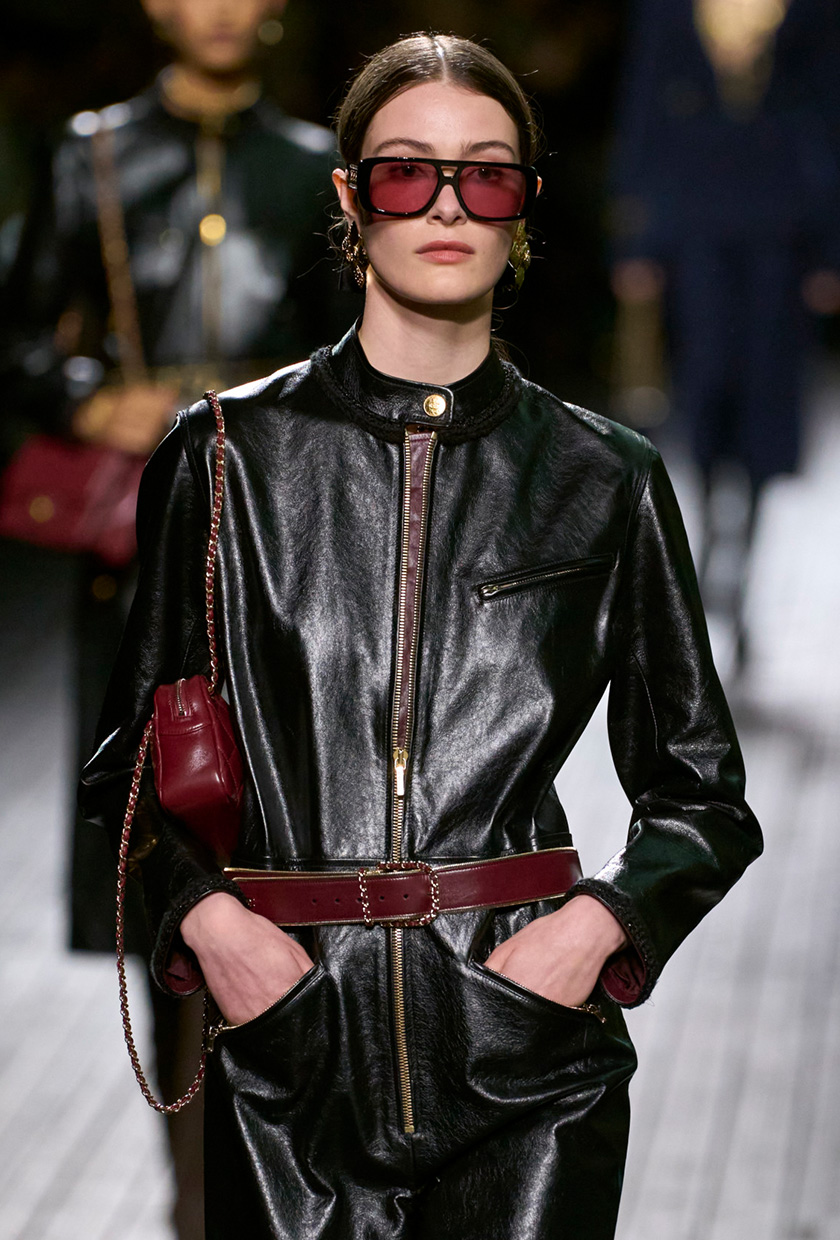
Much of the iconography now associated with '70s fashion was closely related to the music industry, specifically the rise of disco and rock 'n' roll. Looking back, musical legends were responsible for many of the trends that we now consider quintessential to this era—such as tinted sunglasses. Technological advances in the ’70s led to the invention of colorful lenses, but they didn't fully catch on as a trend until they caught the eyes of legends such as Cher, Elton John, and Donna Summer. Inevitably, the prevalence of these shades on stylish musicians made tinted lenses some of the most coveted accessories throughout the decades, cementing them into the cultural zeitgeist. What keeps the buzz around tinted lenses alive isn't just their spot in the history books, but also their continued presence in the current collections of luxury houses such as Chanel and Versace.
Wire Frames

While many sunglasses trends throughout the ’70s featured larger frames overall, that doesn't mean there weren't sleeker options on the market. Wire frames were seen in both the dainty sunglasses of the ’60s and the exaggerated shapes of the ’70s. Compared to other styles made from chunkier plastic or tortoiseshell materials, these sunglasses were made from lightweight metal wire, which is less pronounced when worn on the face. But don't be fooled, as these wire-frame sunglasses still had some more theatrical elements that became synonymous with the trends during that time (like oversize shapes and colorful lenses). That delicate balance between maximalist and minimalist made these frames highly favored throughout the '70s. We'd argue that it's why they're bound to be popular again, although it does help that we've seen Chloé make them feel cool again in its fall 2024 collection.
Butterfly Frames
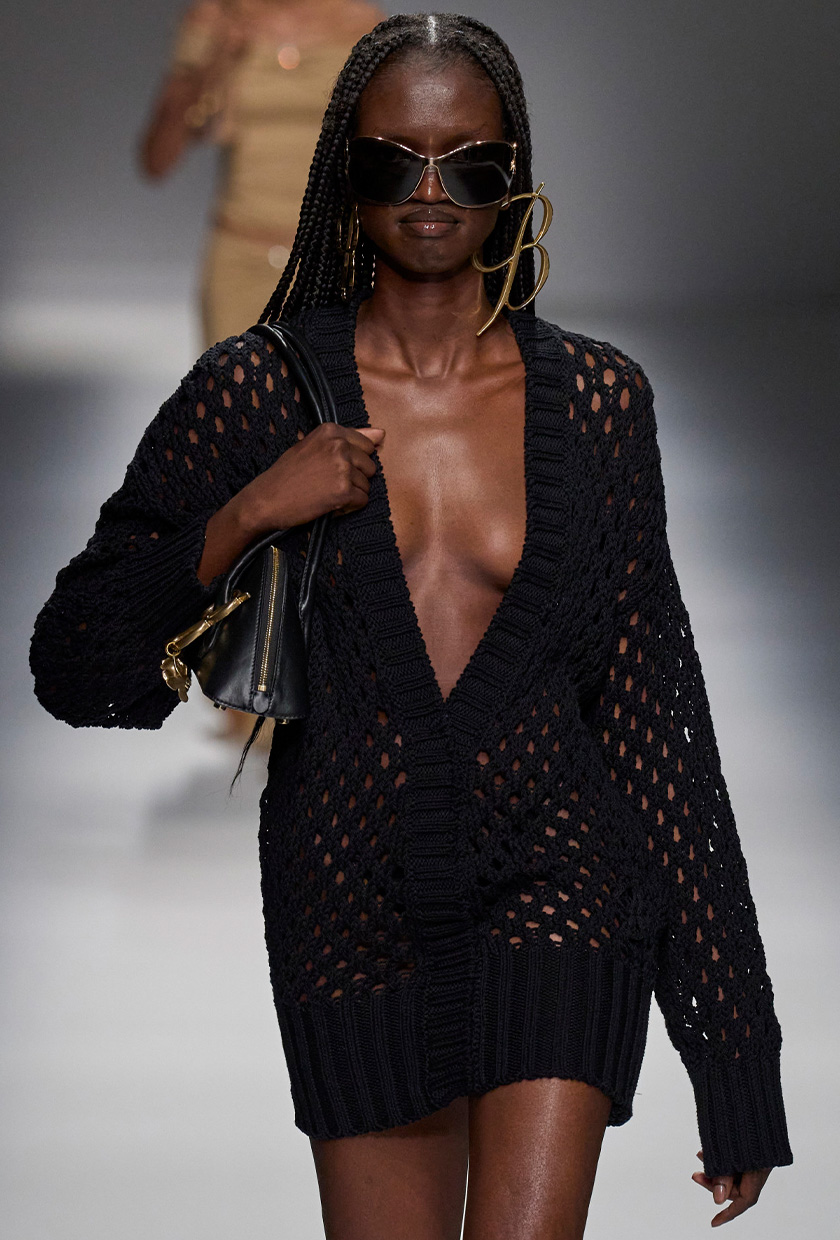
Mark our words: Butterfly sunglasses will take flight soon. We're not referring to sunglasses with lenses shaped like a butterfly but something much flier from the ’70s. Rather than relying upon anatomical lenses, designers at that time played with frame portions to create the visual illusion of a butterfly. That was achieved by having frames with a very thin bridge and oversize lenses that are round on the edges and pointed at the top to mimic the shape of a butterfly's wing.
While the unique shape of these sunglasses contributed to their popularity throughout the ’70s, it wasn't the only reason the style soared to new heights. Some of the most influential people, including activists Jane Fonda and Gloria Steinem, adopted the butterfly sunglasses trend during that era. They wore them so much that the shades inadvertently became synonymous with the style of the political movements for equality and freedom, which is fitting considering the motif from which they draw inspiration. While these shades embody groovy aesthetics, they've continued to undergo metamorphosis in the current age because fashion brands such as Blumarine and Tom Ford are re-creating them in their runway collections.
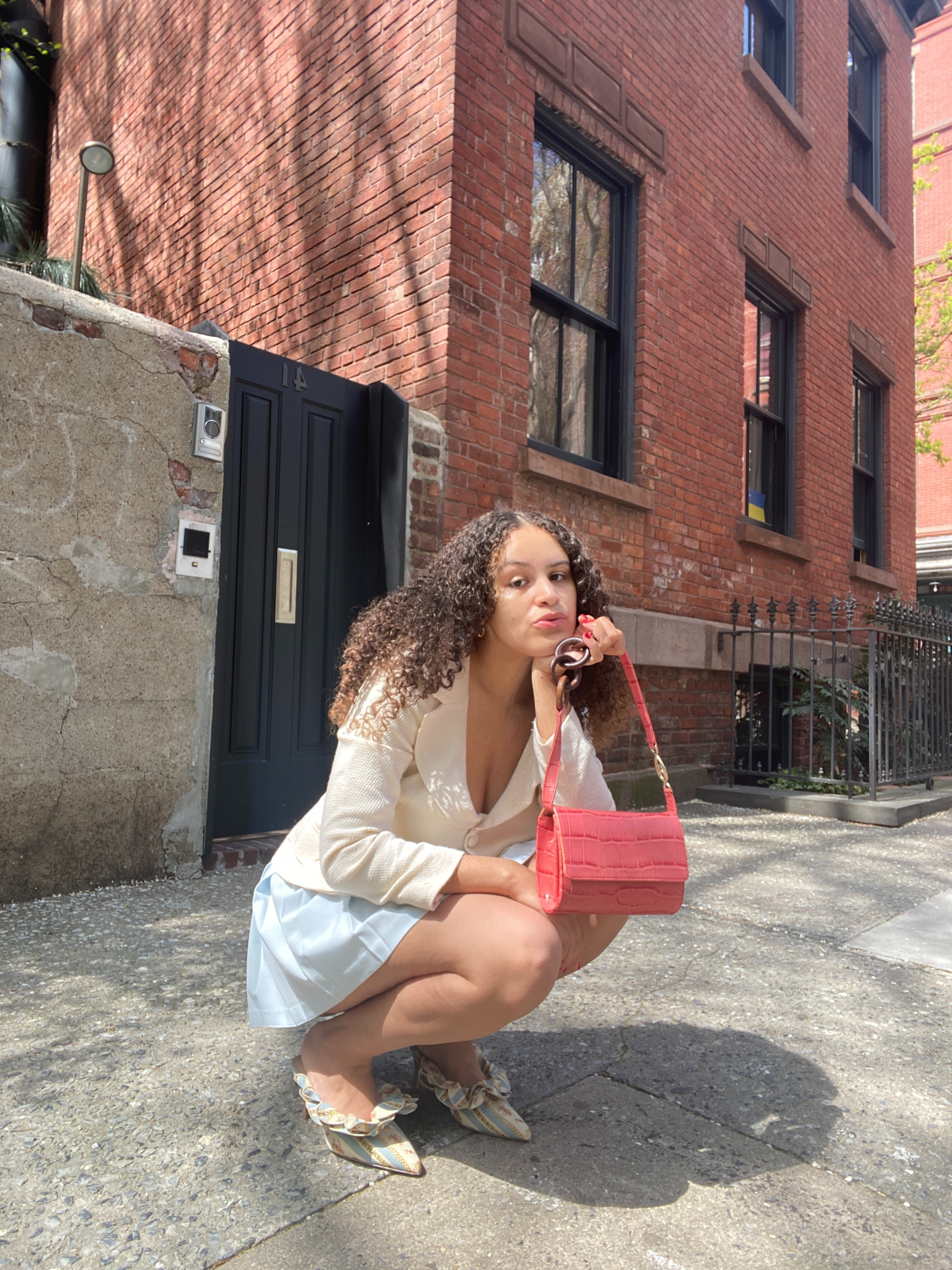
Jasmine Fox-Suliaman is a freelance writer and editor living in New York City. What began as a pastime (blogging on Tumblr) transformed into a lifelong passion for unveiling the connection between fashion and culture on the internet and in real life. Over the last decade, she's melded her extensive edit and social background to various on-staff positions at Who What Wear, MyDomaine, and Byrdie. More recently, she’s become a freelance contributor to other publications including Vogue, Editorialist, and The Cut. Off the clock, you can find her clutching her cell phone as she's constantly scrolling through TikTok and The RealReal, in search of the next cool thing.
-
 8 Key Spring 2026 Trends You Can Start Wearing Now
8 Key Spring 2026 Trends You Can Start Wearing NowShop them here.
-
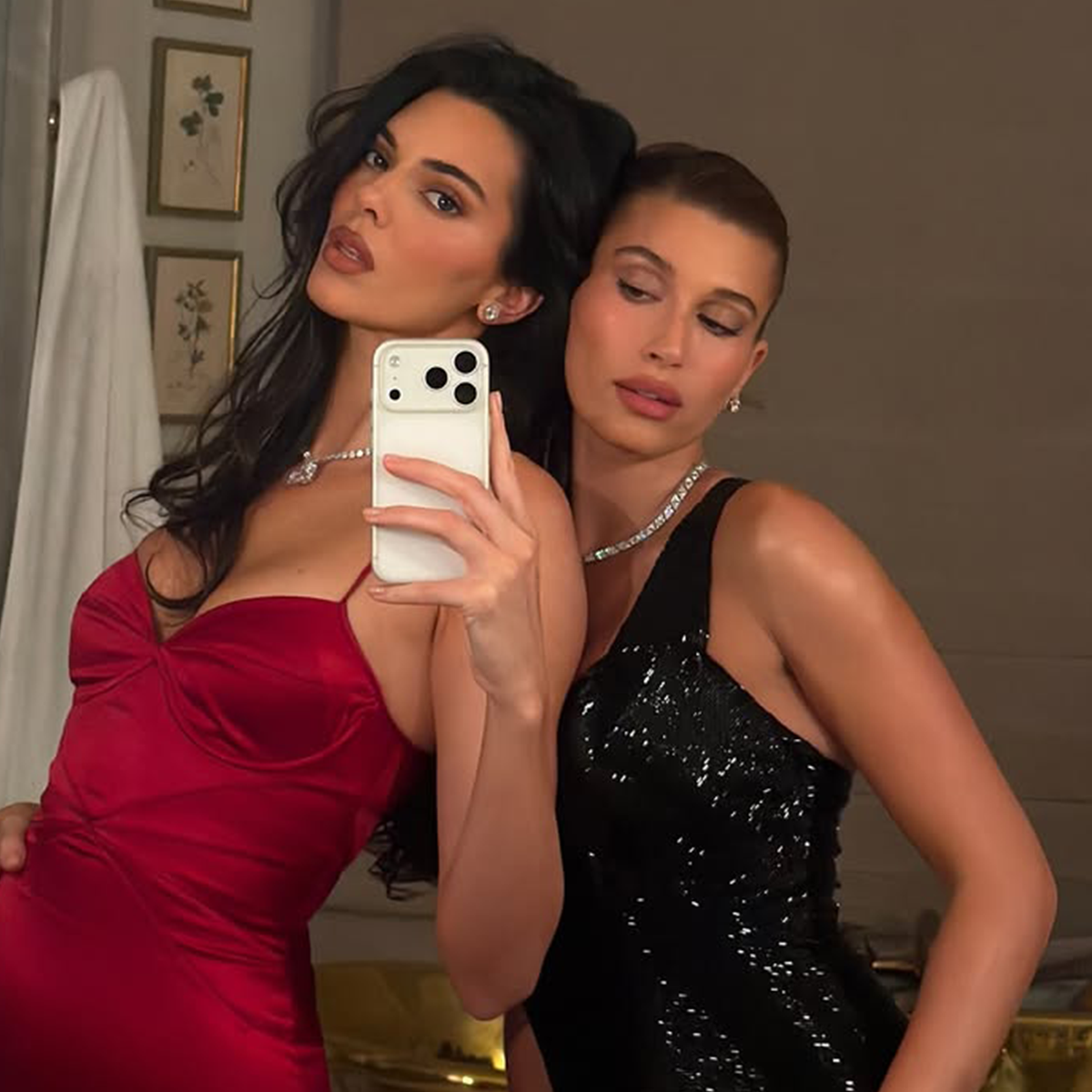 Every Chic Person I Know Is Setting Aside Chunky Earrings for This Timeless Trend
Every Chic Person I Know Is Setting Aside Chunky Earrings for This Timeless TrendWhen Kendall, Hailey, and Jasmine all make the switch, you know you better pay attention.
-
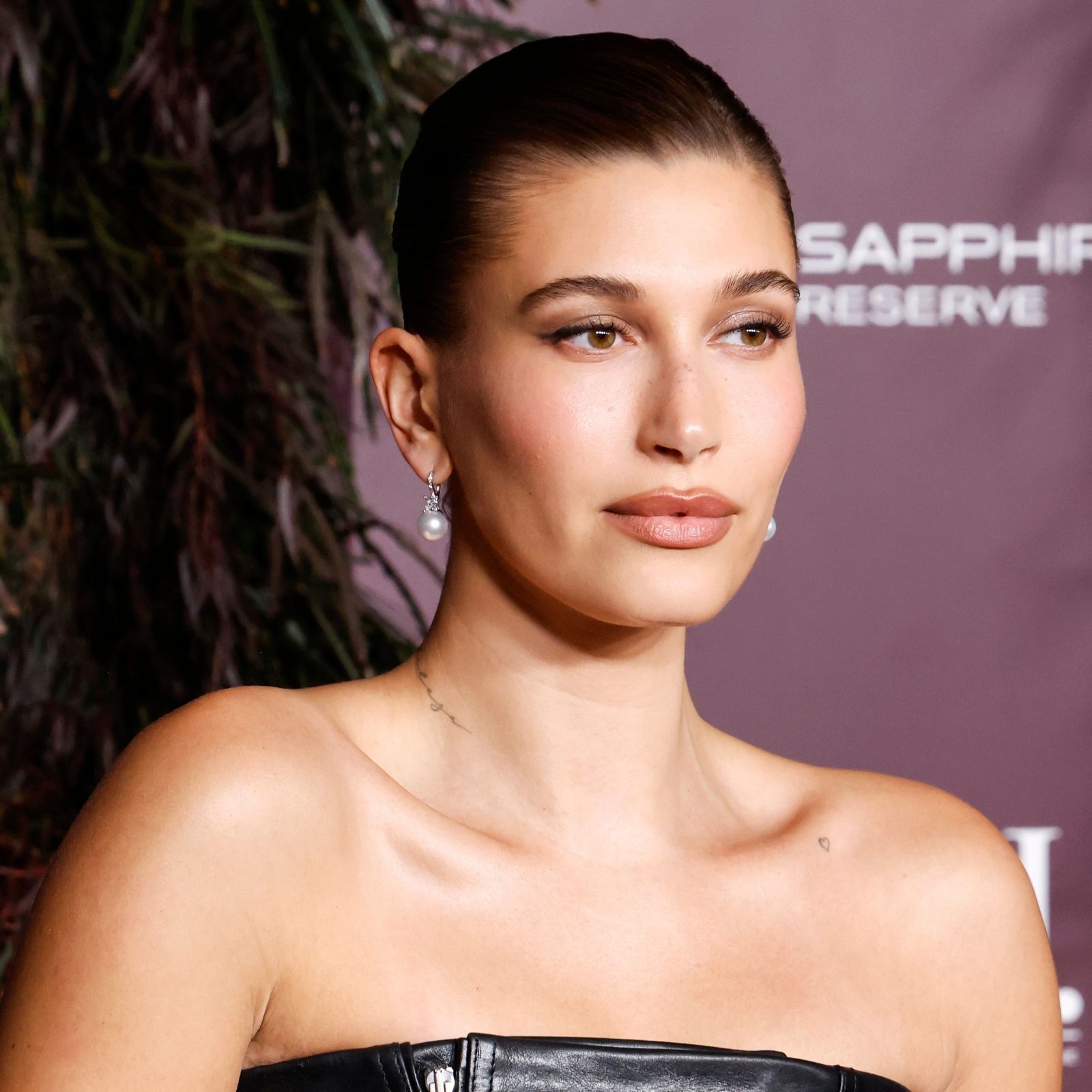 Hailey Bieber Wore the "Wealthy Sunglasses" That Always Look Rich
Hailey Bieber Wore the "Wealthy Sunglasses" That Always Look RichThe future looks bright.
-
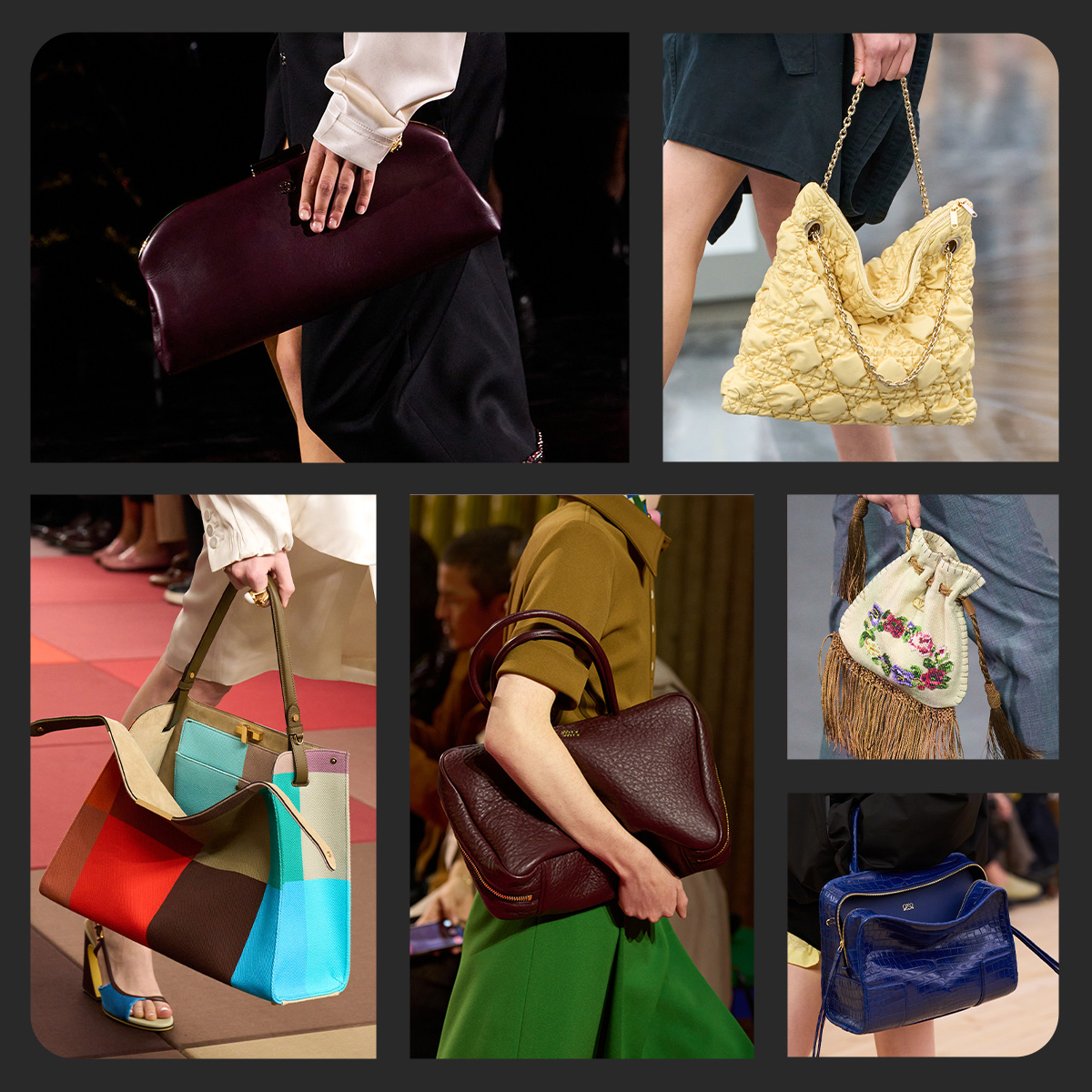 Every Major Handbag Trend Fashion People Will Be Wearing Come Spring 2026
Every Major Handbag Trend Fashion People Will Be Wearing Come Spring 2026From slightly askew purses to single-strap silhouettes.
-
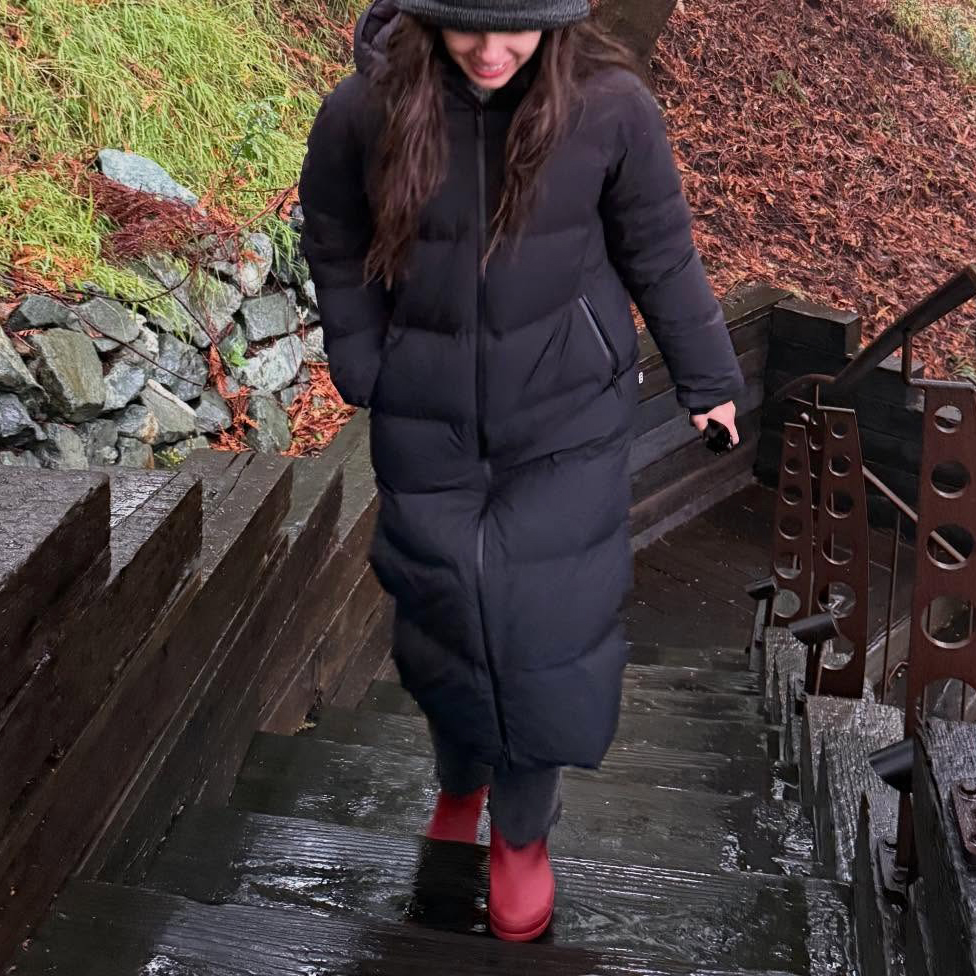 Bye for Now, Beanies—This Is the New Winter Hat Trend All the Cool Girls Are Wearing
Bye for Now, Beanies—This Is the New Winter Hat Trend All the Cool Girls Are WearingJust ask Olivia Rodrigo.
-
 This Dated '90s Print Is Suddenly Everywhere—Here's How to Wear It This Fall
This Dated '90s Print Is Suddenly Everywhere—Here's How to Wear It This FallThe classic diamond pattern is trending.
-
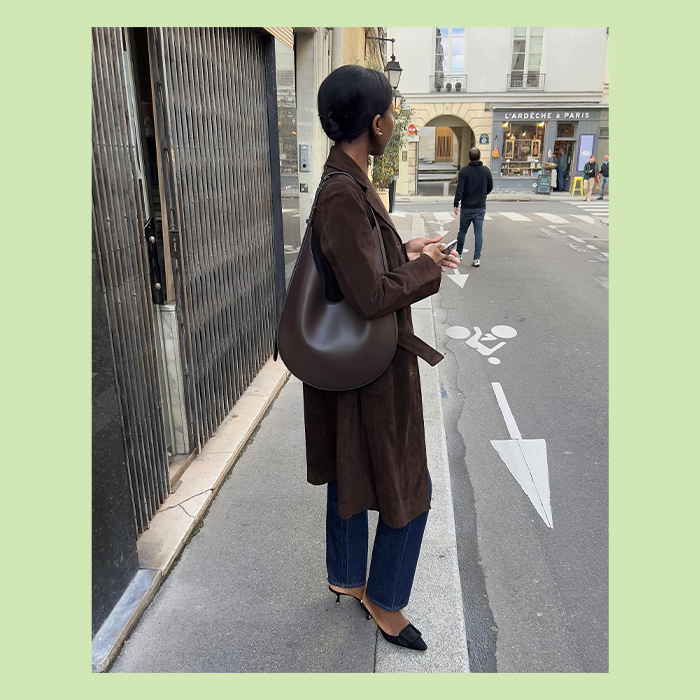 You Want a Chic Handbag for Under $500? Say Less—I Love These 35 Styles
You Want a Chic Handbag for Under $500? Say Less—I Love These 35 StylesTo gift or keep for yourself? The choice is yours.
-
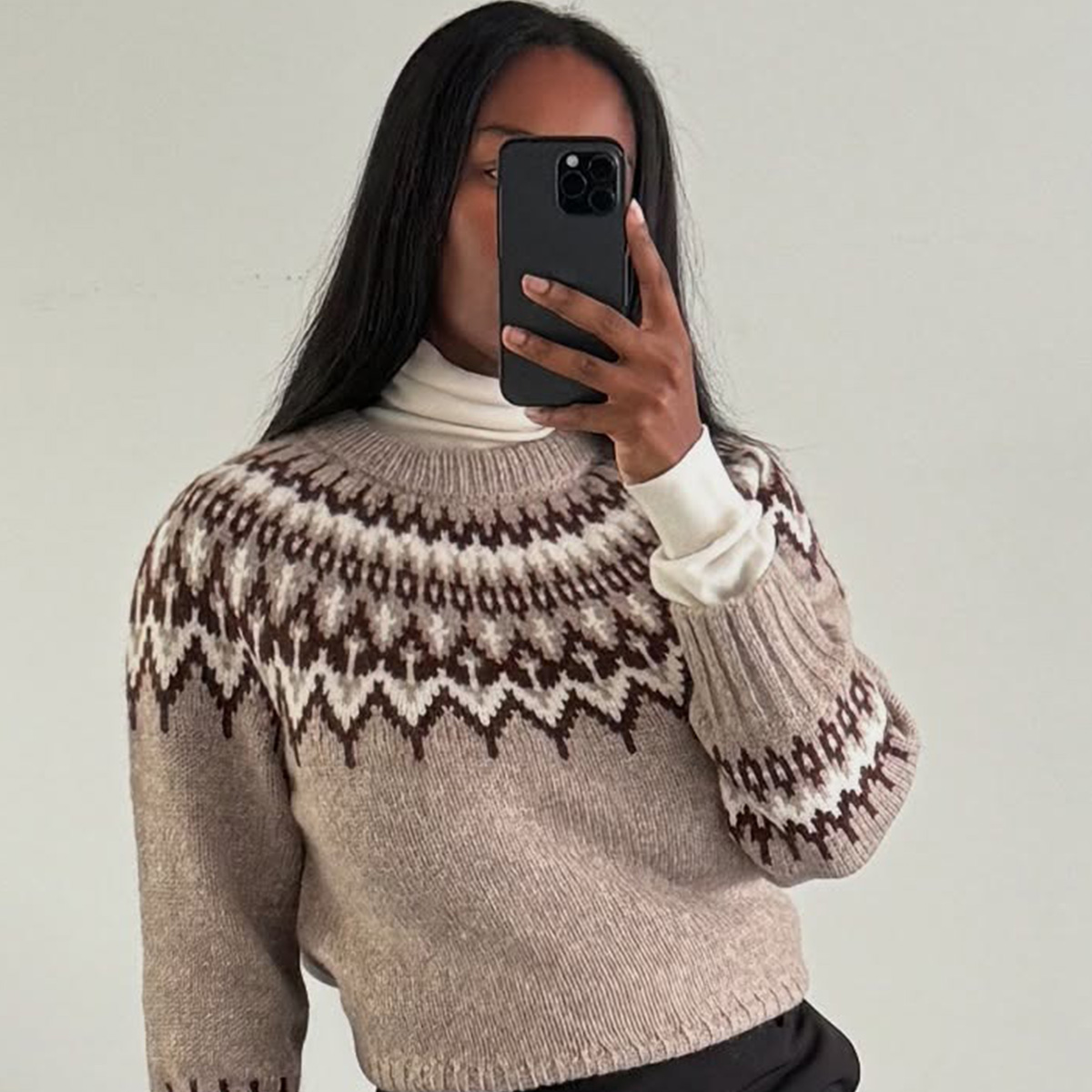 Sorry, Crewneck Tees—in 2026, Everyone With Taste Will Be Layering Sweaters Like This
Sorry, Crewneck Tees—in 2026, Everyone With Taste Will Be Layering Sweaters Like ThisThe recipe for a perfect winter outfit.
